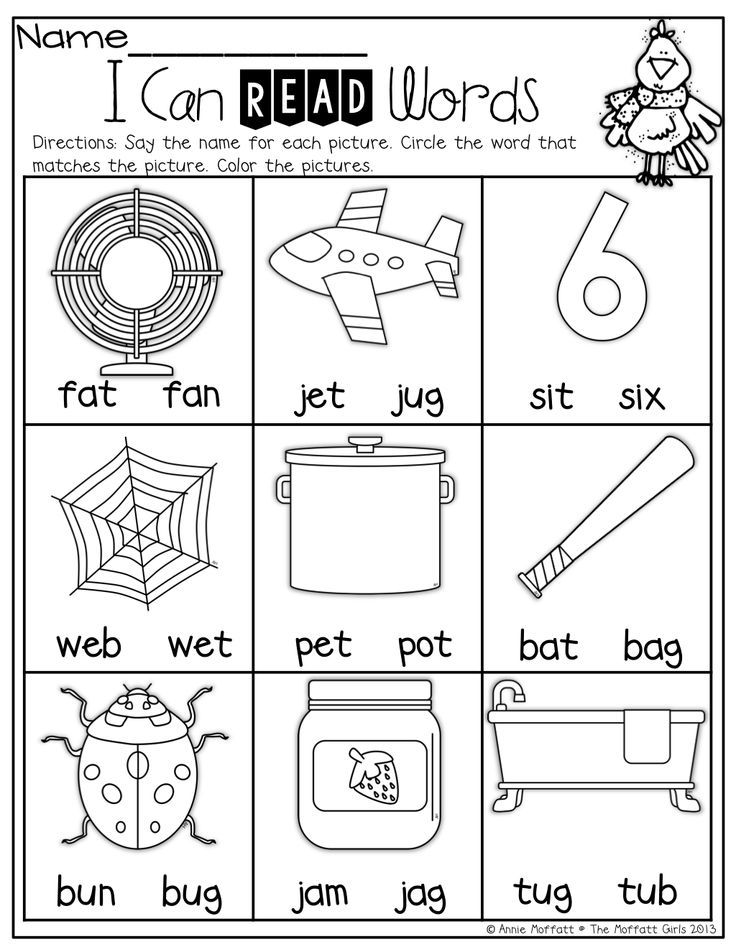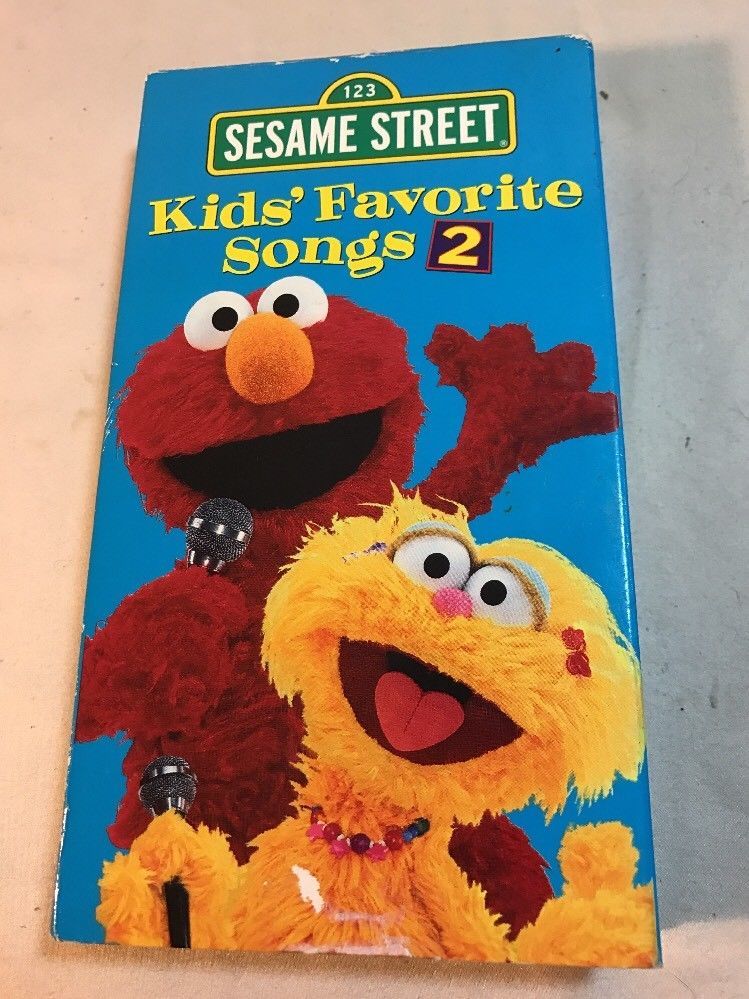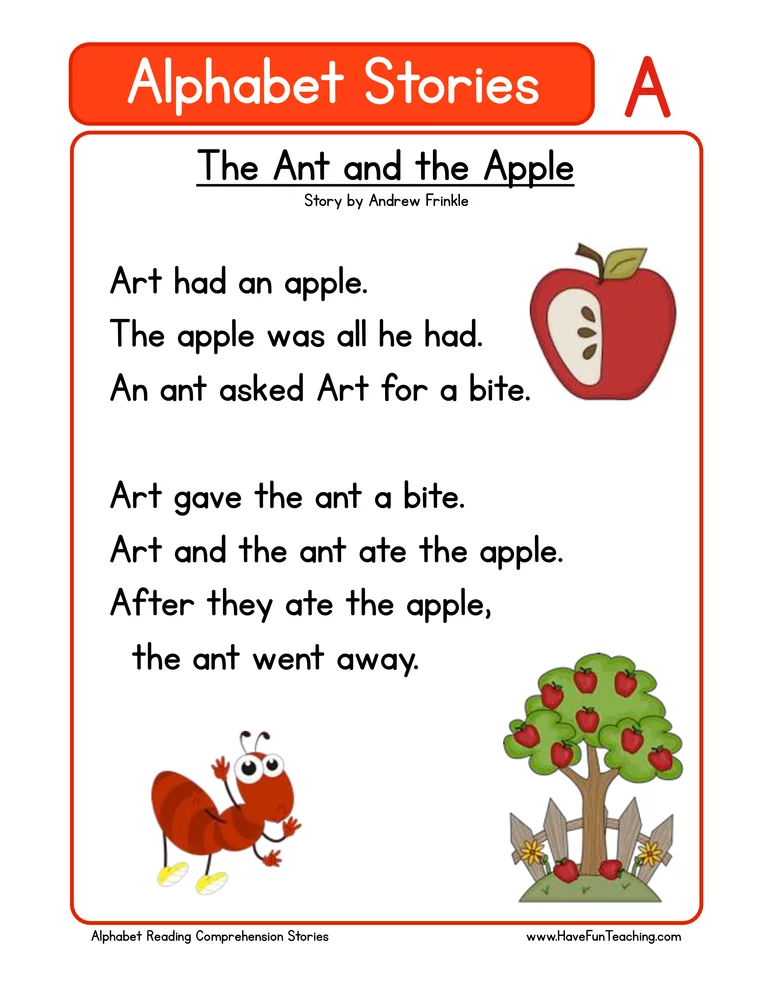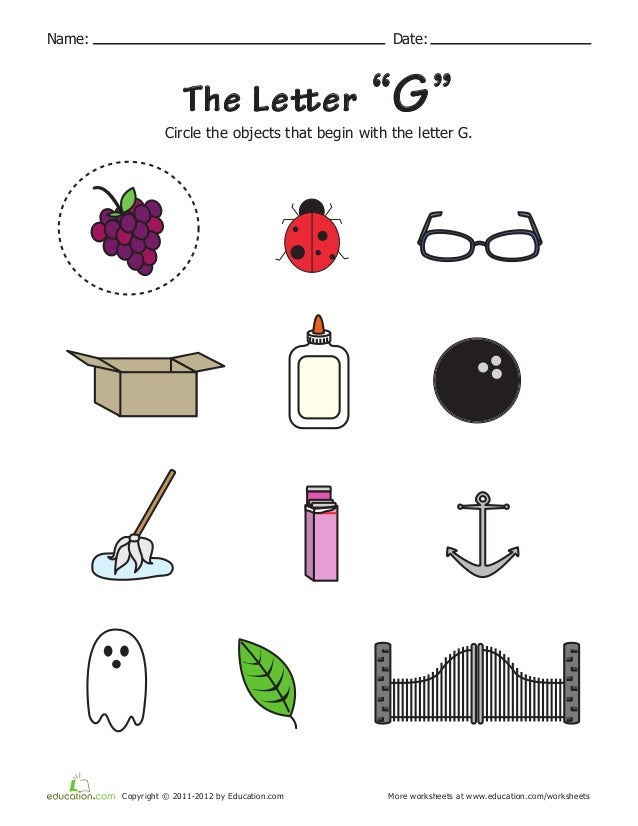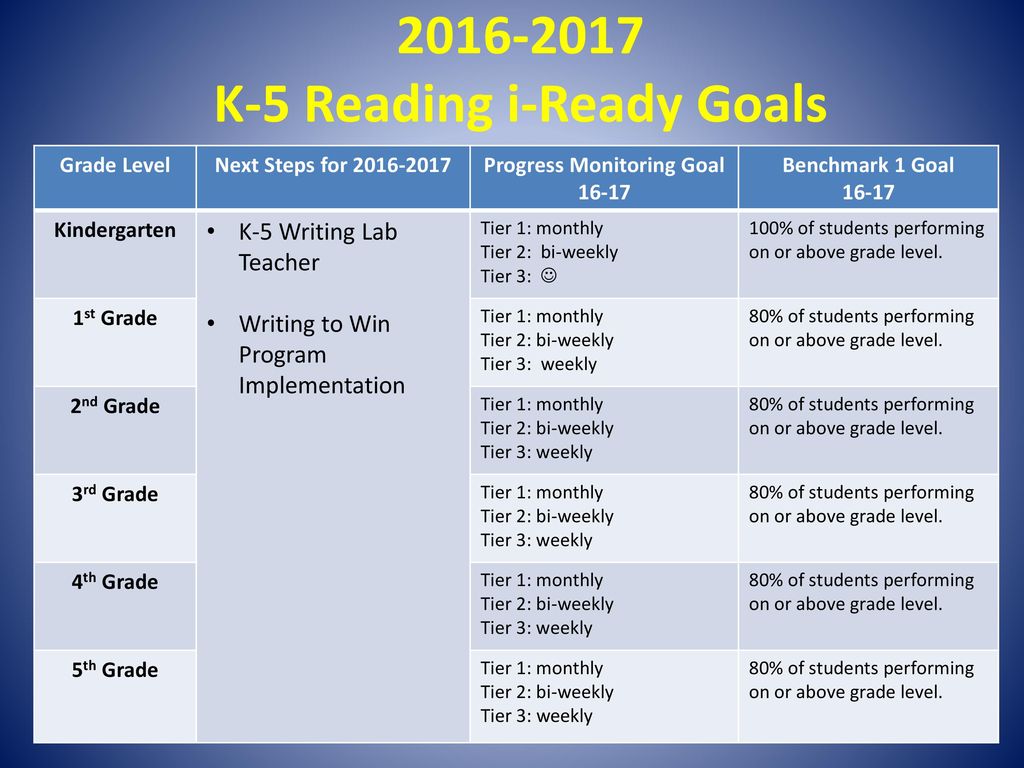Sight words strategies
Strategies for Teaching Sight Words
Is your child struggling with sight words? Learn fun and effective strategies for teaching sight words without the stress and pressure!
We’ve all seen it: the list of words our kids are supposed to master by the end of the year, often as early as kindergarten.
For some, sight words can be a challenge to teach. Maybe your child isn’t able to read or spell this week’s sight words, making both of you feel discouraged. Getting her to practice at home feels like pulling teeth. If she doesn’t know the word or finds it too hard, she might even start crying.
And other times, she’s just not be interested, making you feel worried or stressed that she might fall behind in class. No matter what, it feels like you’re not doing something right.
You don’t want sight words to be an issue all year. How can you help her learn and understand them without turning this into a power struggle?
6 strategies for teaching sight words
If you can relate, don’t worry—I’ll show you a few strategies for teaching sight words that not only can work, but are fun to do as well.
I’ve found that encouraging a love of learning, embracing mistakes, and not stressing about school are effective. A strict regimen, punishments, or arguments with your child don’t work nearly as well.
Take a look at these strategies for teaching sight words:
1. Read books with plenty of sight words
Disclosure: This article contains affiliate links. As an Amazon Associate, I earn from qualifying purchases.
I’m a fan of reading children’s books just for the sake of encouraging a love of learning and exposing kids to language.
That said, you can also incorporate books that focus on beginner reading. These are books that tend to focus less on story lines and more on the technical aspects of reading sight words. Some books highlight certain pronunciations while others encourage your child to try to read on her own.
One series I love are the Elephant & Piggie books by Mo Willems. These books use sight words over and over, but are still entertaining to read for both parents and kids.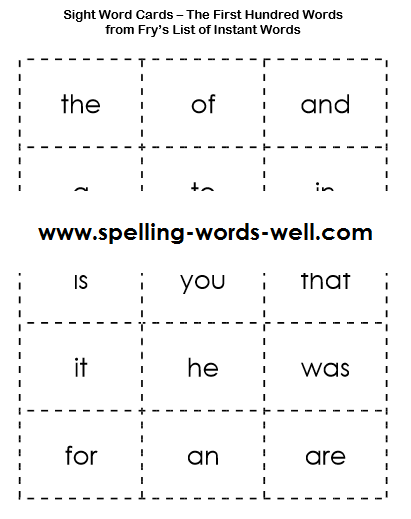
Want to make reading even more interactive? Have your child find sight words on the page, or count how many of this week’s sight words he can find throughout the book.
By reading books with sight words, he’s more likely to see and hear them in sentences. This helps him retain not only the words themselves, but how they’re used in context.
Free printables: Want tons of children’s books ideas, categorized by age? Join my newsletter and grab your Read Aloud Book List! You’ll get hundreds of favorite selections to read aloud. Get it below—at no cost to you:
2. Start with simple, common, and high-frequency words
Start with the simplest and most common sight words. For instance, start with the word “a” or “I” so she learns how to spot these simple, single-letter words easily. Continue with two-letter words like “an” to help build on what she has just learned.
Then, show her similar-looking ones, especially those where you can swap one letter to make a new one.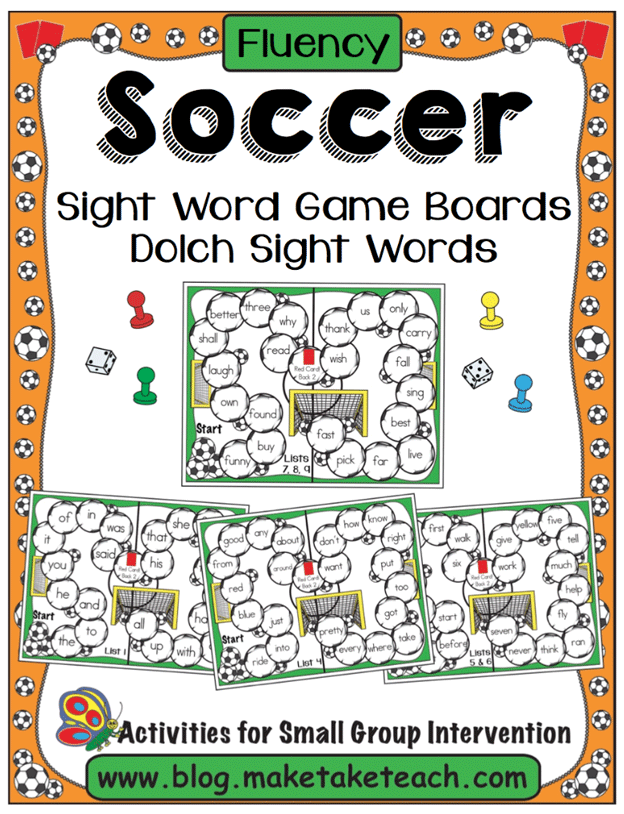 For instance, introduce “it,” then the next few words she can learn can be “in,” “is,” or “if.”
For instance, introduce “it,” then the next few words she can learn can be “in,” “is,” or “if.”
Showing these slight differences cements the idea that letters stand for sounds and can be swapped to form new words.
You can also start with “the” or “who,” since these are some of the most common she’ll probably find in books and in everyday speech. Tackling common sight words can make word recognition and stringing sentences together easier.
3. Play sight word games
Kids are drawn to games and playing—it’s how they best learn. Sight word games enable you to tap into a fantastic way for your child to absorb information, without making learning something to dread:
- Go Fish: Write sight words twice on index cards or card stock, and shuffle them like a deck of cards. Take turns asking one another if either of you have a sight word in your hand. Any pairs of matching sight words get stacked in a pile, with the first person to have zero cards winning the game.
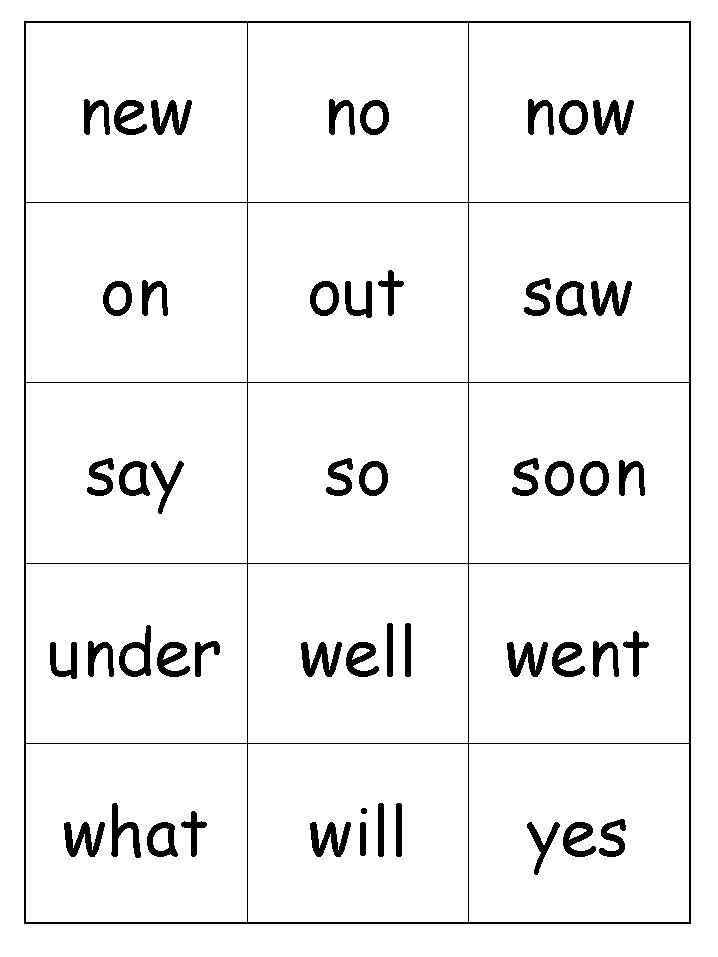
- Memory Game: Using the same stack of sight word pairs, lay the flashcards face-down on the floor. Take turns flipping two cards over, trying to remember where each sight word is. The person who can match the most sets wins the game.
- Word Search: Create your own word search using your own word list! Help your child find these words in the puzzle. You can make your own word search here.
- Simple Word Search: Want to keep it even simpler? Write a word on a piece of paper, and have him go through her deck of sight word cards to find the match.
- Bingo: Like the classic game of Bingo, make Bingo cards with a few sight words. Randomly read aloud sight words, marking (or placing a small item) on each square with the matching sight word.
- Word Stomp: Does he love to be active? Print a few sight words, one on each sheet of paper. Scatter these sheets on the ground face-up.
 You might want to tape them to the ground to avoid slipping. Then, randomly select a few sight words, and if he sees the word on the ground, have him stomp or jump to it from where he is.
You might want to tape them to the ground to avoid slipping. Then, randomly select a few sight words, and if he sees the word on the ground, have him stomp or jump to it from where he is.
4. Write sight words everywhere
Kids learn in many ways, including using all their senses. Find creative ways to “write” beyond paper and pencil. A few strategies for teaching sight words include:
- Sidewalk chalk: Take a few pieces of chalk to the sidewalk and write sight words.
- Shaving cream: Spray shaving cream (the kind that foams up right away) on a tray, and have your child use her finger to write the word in the foam.
- Magnets: Stick a set of magnetic letters on your fridge. Display new sight words she’s learning, and also encourage her to move letters around.
- Rubber stamps: For kids who may not be able to write with a pencil quite as well yet, rubber stamps allow them to write words on paper.
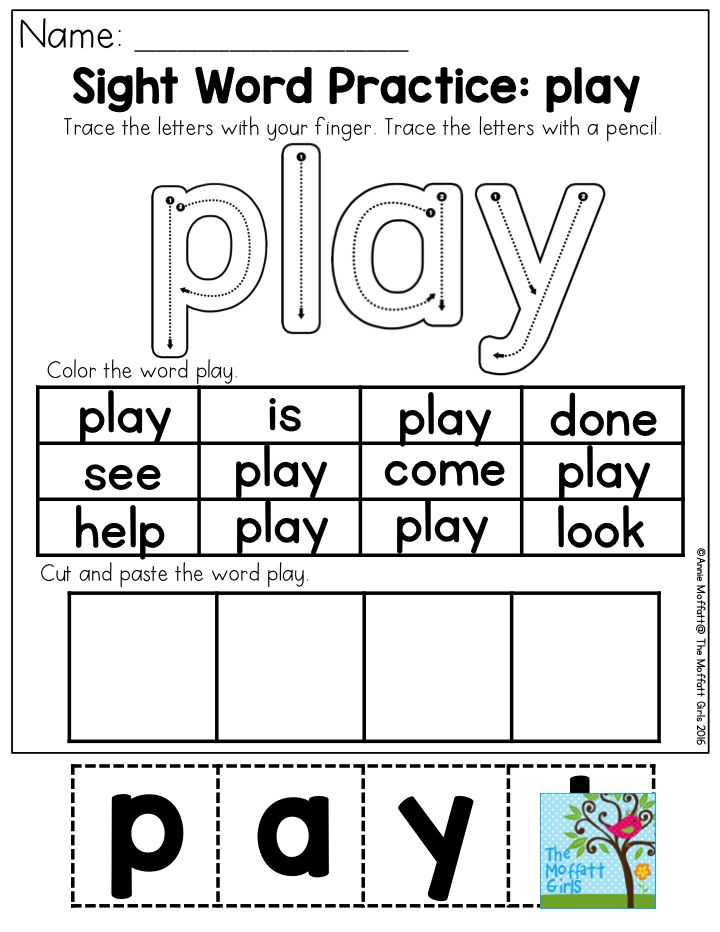
- Sand: Pour sand on a tray and, like shaving cream, have her write sight words with her finger.
- Play dough: Form sight words using play dough. Roll a few pieces out into long strings that you can mold into letters.
- Paint: Whether with finger paint or a brush, have her practice her sight words using paint.
5. Make sight words a part of your routine
Do you butt heads with your child when you suggest going through sight words? Do his shoulders sag in disappointment when he hears it’s time to practice?
Besides focusing on the positive aspects of learning, you can also remove many of the obstacles by making sight words a part of your routine. With repetition and consistency in his schedule, he’s less likely to resist. Instead, he sees learning sight words as an inevitable part of everyday life.
For instance, play sight word games after he has his afternoon snack. Read books every night before bedtime.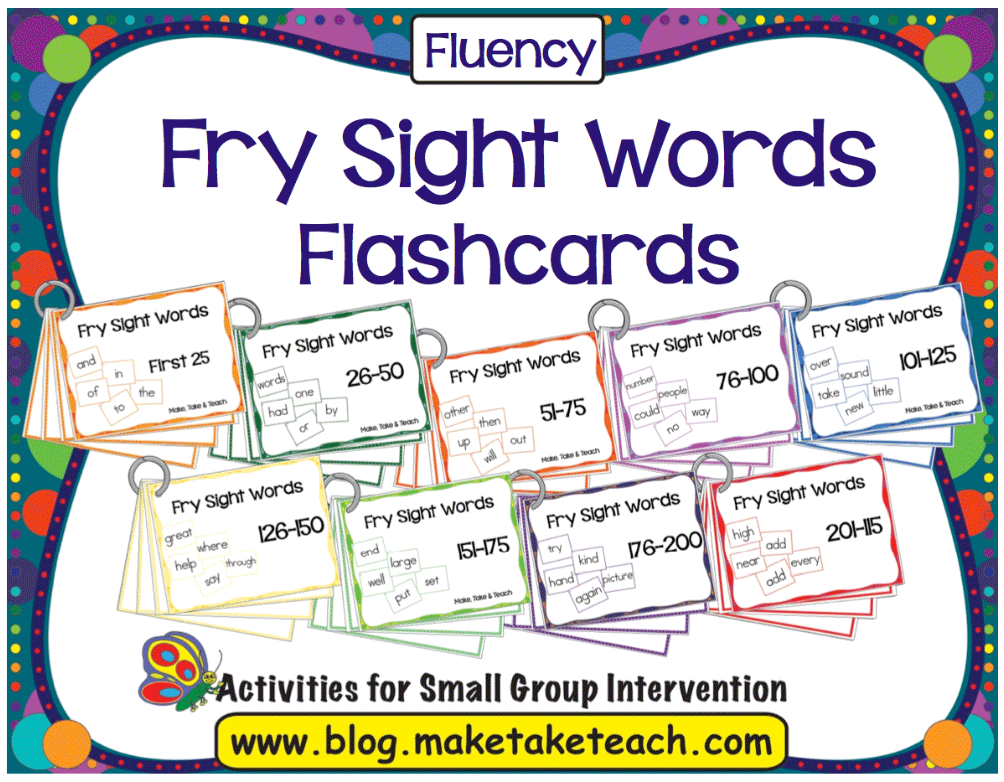 “Write” sight words with art materials every weekend.
“Write” sight words with art materials every weekend.
Simple, predictable routines make learning sight words more familiar and reduce the risk that you forget to do them as well.
6. Don’t stress about sight words
I don’t know about you, but the minute I hear that my kids need to learn something or might be struggling with a topic, I go into panic mode. The irrational fear that if I don’t do anything about it, they’ll be left behind takes a firm grip on me.
That only leads me to stress, or puts unnecessary pressure on my kids. I’ve since realized that 1) it’s never as dire as I make it out to be, 2) stress is not good for anyone, and 3) it always works out.
As I say in my book, You Are Enough:
“Everything that you worried about in the past has somehow worked out, or you’ve at least lived to tell the tale, no matter what eventually happened. Whether big or small, know that the worries you have about your child will work out in the end, in some way or another.
Give yourself the ‘wisdom of hindsight’ and remind yourself of all the other things that had one point been a huge concern and is now something of the past.”
So, make learning fun! I can’t stress this enough. Sure, you might see short-term gains if you implement a strict regimen, but you lose the opportunity to nurture a natural love of learning.
One easy way to not stress out? Limit how many words you teach each week. Ask your child’s teacher how many words a week he or she recommends, and stick to only those. Learning that list of sight words is generally a year-long process, not an exam to cram in a week.
Conclusion
Teaching your child sight words can be a source of conflict and stress for both of you. Avoid pressure and arguing by applying the strategies for teaching sight words you learned.
For instance, introduce simple and common words strategically to build on what she has just learned. Make a game out of learning sight words, from word matches to word stomps. Tap into her ability to learn through all her senses, using different materials to write sight words.
Tap into her ability to learn through all her senses, using different materials to write sight words.
Make learning sight words part of your routine so she expects it as part of her day. And finally, remind yourself that a love of learning—one driven by her own curiosity—is more enjoyable and effective than forcing it on her.
Experiment with different ways to teach sight words. What works for one child may not work for another. Don’t feel discouraged if one way isn’t hers preferred method to learn—there are plenty of books, cards, and yes, even shaving cream, to find one that does.
Get more tips:
- How to Make Learning Stick
- Why We Need to Encourage Our Children’s Interests—Even when They Seem Strange to Us
- No Excuses: Why We Need to Read with Our Kids Every Day
- What to Do if Your Child Is Talking in Class Too Much
- 9 Strategies to Help Beginner Readers Build Strong Reading Habits
Don’t forget: Join my newsletter and grab your Read Aloud Book List below—at no cost to you:
Sight Words Teaching Strategy | Sight Words: Teach Your Child to Read
A child sees the word on the flash card and says the word while underlining it with her finger.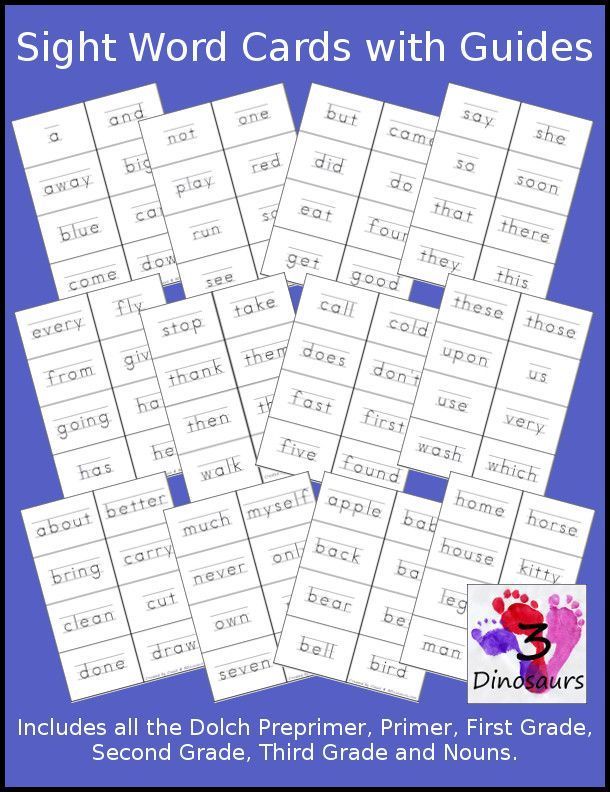
The child says the word and spells out the letters, then reads the word again.
The child says the word and then spells out the letters while tapping them on her arm.
A child says the word, then writes the letters in the air in front of the flash card.
A child writes the letters on a table, first looking at and then not looking at the flash card.
Correct a child’s mistake by clearly stating and reinforcing the right word several times.
- Overview
- Plan a Lesson
- Teaching Techniques
- Correcting Mistakes
- Frequently Asked Questions
- Questions and Answers
Sight words instruction is an excellent supplement to phonics instruction. Phonics is a method for learning to read in general, while sight words instruction increases a child’s familiarity with the high frequency words he will encounter most often.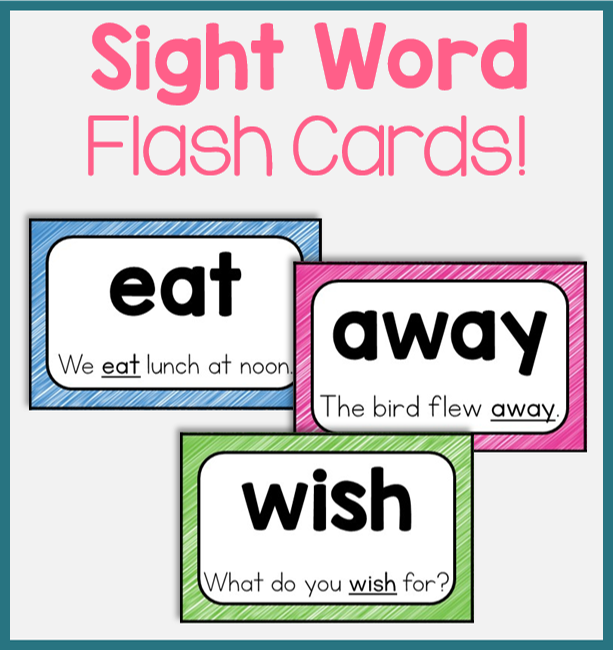
Use lesson time to introduce up to three new words, and use game time to practice the new words.
A sight words instruction session should be about 30 minutes long, divided into two components:
- Sight Words Lesson — Use our Teaching Techniques to introduce new words and to review words from previous lessons — 10 minutes
- Sight Words Games — Use our games to provide reinforcement of the lesson and some review of already mastered sight words to help your child develop speed and fluency — 20 minutes
Video: Introduction to Teaching Sight Words
↑ Top
2.1 Introduce New Words
When first beginning sight words, work on no more than three unfamiliar words at a time to make it manageable for your child.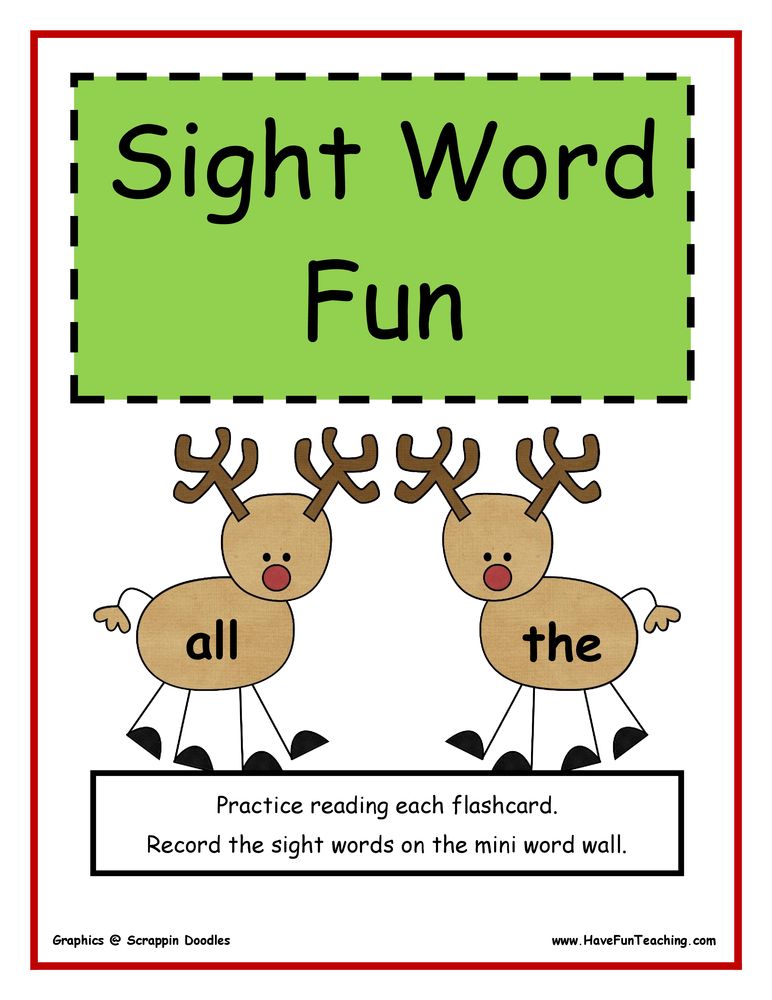 Introduce one word at a time, using the five teaching techniques. Hold up the flash card for the first word, and go through all five techniques, in order. Then introduce the second word, and go through all five teaching techniques, and so on.
Introduce one word at a time, using the five teaching techniques. Hold up the flash card for the first word, and go through all five techniques, in order. Then introduce the second word, and go through all five teaching techniques, and so on.
This lesson should establish basic familiarity with the new words. This part of a sight words session should be brisk and last no more than ten minutes. As your child gets more advanced, you might increase the number of words you work on in each lesson.
2.2 Review Old Words
Begin each subsequent lesson by reviewing words from the previous lesson. Words often need to be covered a few times for the child to fully internalize them. Remember: solid knowledge of a few words is better than weak knowledge of a lot of words!
Go through the See & Say exercise for each of the review words. If your child struggles to recognize a word, cover that word again in the main lesson, going through all five teaching techniques.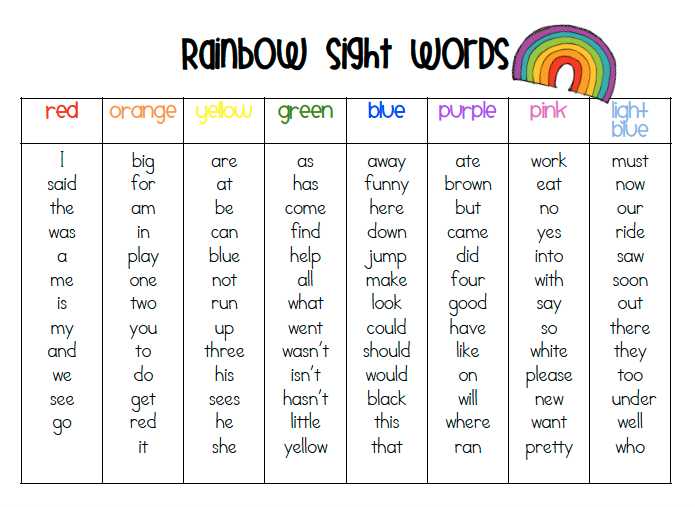 If he has trouble with more than two of the review words, then set aside the new words you were planning to introduce and devote that day’s lesson to review.
If he has trouble with more than two of the review words, then set aside the new words you were planning to introduce and devote that day’s lesson to review.
Note: The child should have a good grasp of — but does not need to have completely mastered — a word before it gets replaced in your lesson plan. Use your game time to provide lots of repetition for these words until the child has thoroughly mastered them.
2.3 Reinforce with Games
Learning sight words takes lots of repetition. We have numerous sight words games that will make that repetition fun and entertaining for you and your child.
The games are of course the most entertaining part of the sight words program, but they need to wait until after the first part of the sight words lesson.
Games reinforce what the lesson teaches.
Do not use games to introduce new words.
NOTE: Be sure the child has a pretty good grasp of a sight word before using it in a game, especially if you are working with a group of children.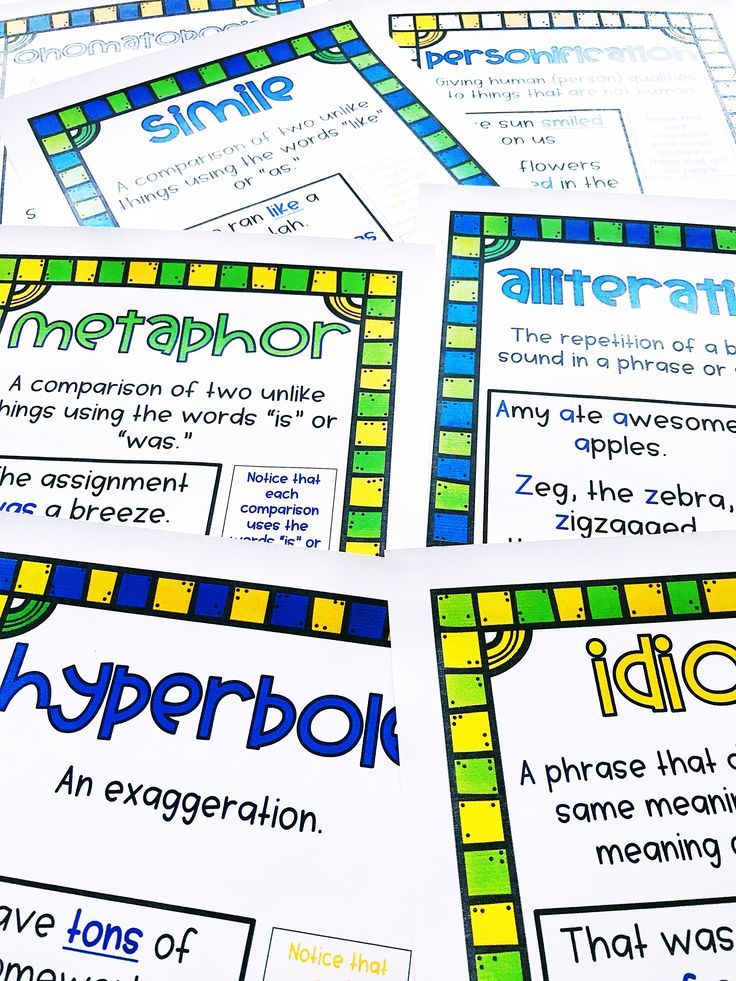 You do not want one child to be regularly embarrassed in front of his classmates when he struggles with words the others have already mastered!
You do not want one child to be regularly embarrassed in front of his classmates when he struggles with words the others have already mastered!
↑ Top
Introduce new sight words using this sequence of five teaching techniques:
- See & Say — A child sees the word on the flash card and says the word while underlining it with her finger.
- Spell Reading — The child says the word and spells out the letters, then reads the word again.
- Arm Tapping — The child says the word and then spells out the letters while tapping them on his arm, then reads the word again.
- Air Writing — A child says the word, then writes the letters in the air in front of the flash card.
- Table Writing — A child writes the letters on a table, first looking at and then not looking at the flash card.
These techniques work together to activate different parts of the brain.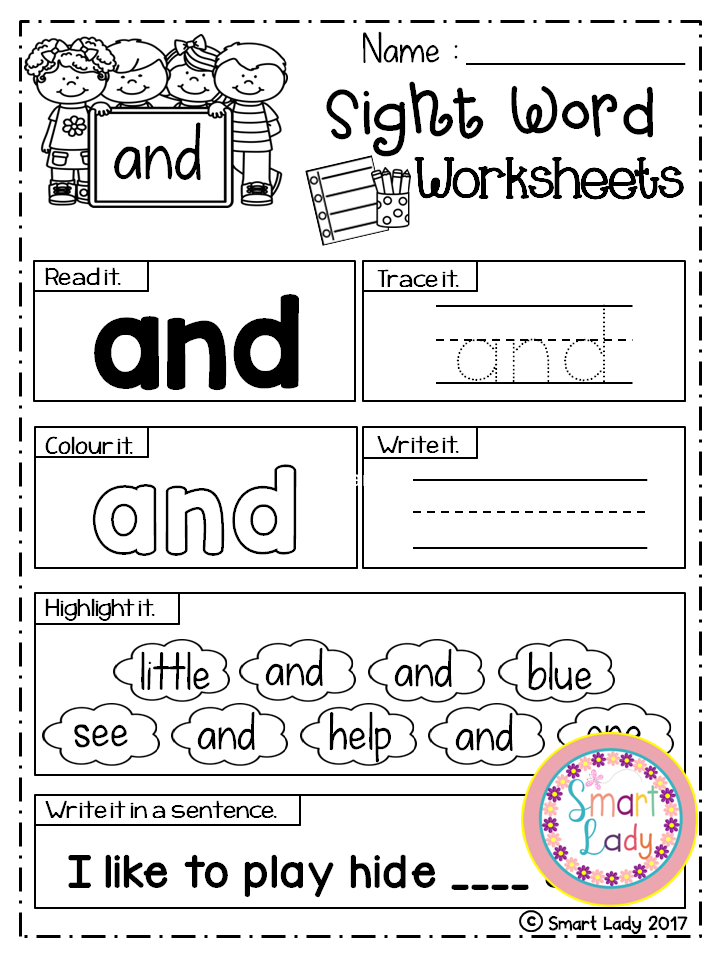 The exercises combine many repetitions of the word (seeing, hearing, speaking, spelling, and writing) with physical movements that focus the child’s attention and cement each word into the child’s long-term memory.
The exercises combine many repetitions of the word (seeing, hearing, speaking, spelling, and writing) with physical movements that focus the child’s attention and cement each word into the child’s long-term memory.
The lessons get the child up to a baseline level of competence that is then reinforced by the games, which take them up to the level of mastery. All you need is a flash card for each of the sight words you are covering in the lesson.
↑ Top
Of course, every child will make mistakes in the process of learning sight words. They might get confused between similar-looking words or struggle to remember phonetically irregular words.
Use our Corrections Procedure every time your child makes a mistake in a sight words lesson or game. Simple and straightforward, it focuses on reinforcing the correct identification and pronunciation of the word. It can be done quickly without disrupting the flow of the activity.
Do not scold the child for making a mistake or even repeat the incorrect word. Just reinforce the correct word using our script, and then move on.
↑ Top
Q: Progress is slow. We have been on the same five words for a week!
A: It is not unusual to have to repeat the same set of words several times, especially in the first weeks of sight words instruction. The child is learning how to learn the words and is developing pattern recognition approaches that will speed his progress. Give him time to grow confident with his current set of words, and avoid overwhelming the child with new words when he hasn’t yet become familiar with the old words.
Q: Do I really need to do all five techniques for every word?
A: Start out by using all five techniques with each new word. The techniques use different teaching methods and physical senses to support and reinforce the child’s memorization of the word.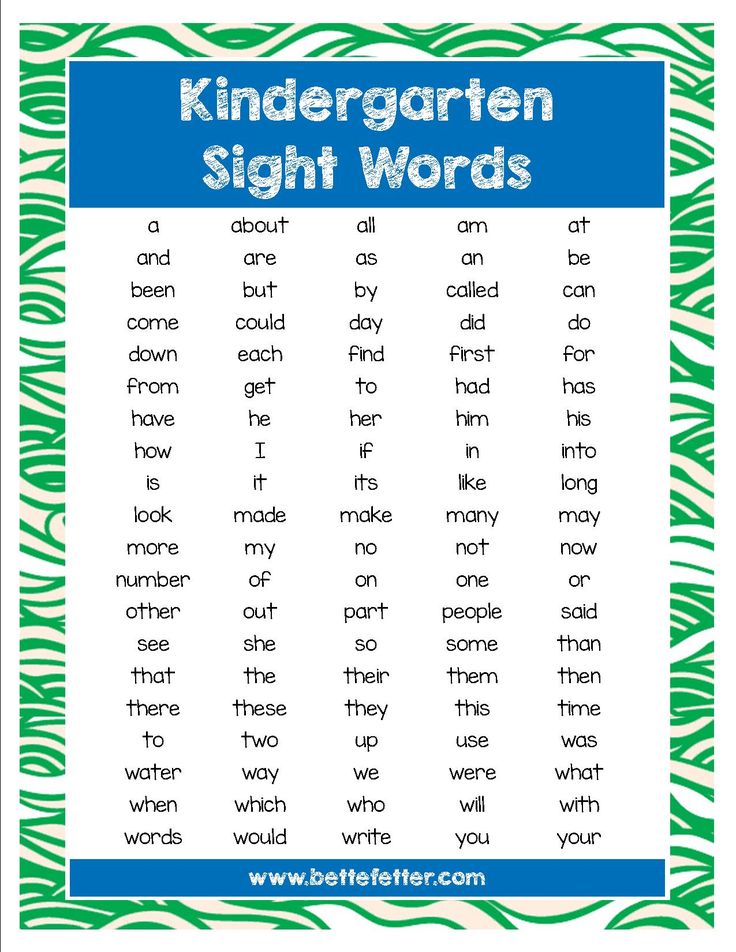 After a few weeks of lessons, you will have a sense for how long it takes your child to learn new words and whether all five exercises are necessary. Start by eliminating the last activity, Table Writing, but be sure to review those words at the next lesson to see if the child actually retained them without that last exercise. If the child learns fine without Table Writing, then you can try leaving out the fourth technique, Air Writing. Children who learn quickly may only need to use two or three of the techniques.
After a few weeks of lessons, you will have a sense for how long it takes your child to learn new words and whether all five exercises are necessary. Start by eliminating the last activity, Table Writing, but be sure to review those words at the next lesson to see if the child actually retained them without that last exercise. If the child learns fine without Table Writing, then you can try leaving out the fourth technique, Air Writing. Children who learn quickly may only need to use two or three of the techniques.
Q: How long will it take to get through a whole word list? I want my child to learn ALL the words!!!
A: That depends on a number of factors, including frequency of your lessons as well as your child’s ability to focus. But do not get obsessed with the idea of racing through the word lists to the finish line. It is much, much better for your child to solidly know just 50 words than to “kind of” know 300 words. We are building a foundation here, and we want that foundation to be made of rock, not sand!
↑ Top
Leave a Reply
Large review of solution strategies for Wordle and similar games / Sudo Null IT News
This article describes the strategies and algorithms for finding a solution for the Wordle game, evaluates their practical effectiveness, and gives the optimal words to start the game.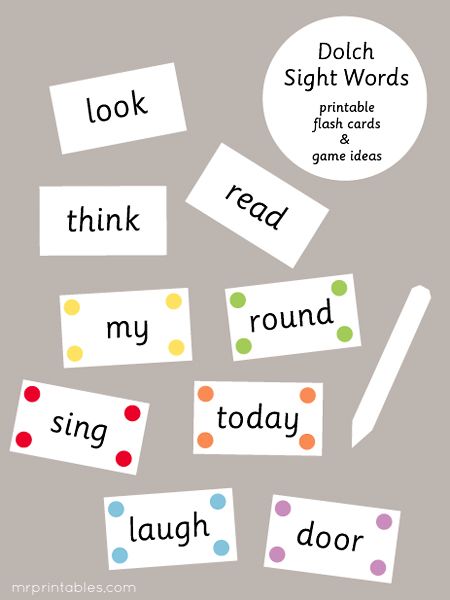 As ideas for discussion, reflections on a related topic will be voiced.
As ideas for discussion, reflections on a related topic will be voiced.
About the game Wordle
Wordle(wikipedia) is a browser game in which a 5-letter word is guessed, which the player must guess in 6 attempts.
After each attempt to guess the hidden word, the letters of the word-attempt are marked with one of three colors:
-
Green - the correct letter is in the correct place in the word
-
Yellow - the letter is in the word, but in a different position
-
Gray - the letter is missing in the word unlimited option). The hidden word in one day is the same for all players.
Rules from the game website: https://www.powerlanguage.co.uk/wordle/In addition to the basic rules, there are non-obvious and hidden features:
-
All words that can be guessed are in clear text in the game code. The list of possible riddle words includes 2315 words, originally picked by a person.
-
From the source code of the game it is easy to determine which word is guessed today.
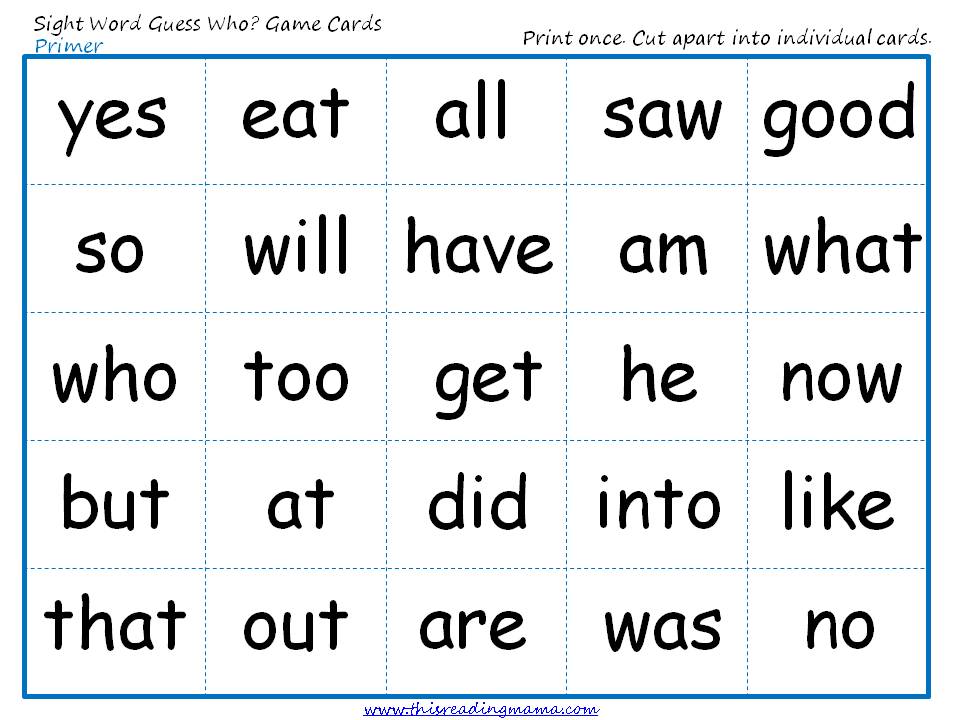 The words in the above list are in the order of the days they will be guessed. Knowing the word made yesterday, you can find it in the list, the next word after it will be today's riddle.
The words in the above list are in the order of the days they will be guessed. Knowing the word made yesterday, you can find it in the list, the next word after it will be today's riddle. -
Only words from a predefined list of 13,000 words can be used as an attempt word. The list in open form is also in the source code of the game. If the try word is not included in the list, then the game will not accept it.
In addition to the main game mode, there is also a difficult mode in which the words entered for guessing must use the previously received green and yellow tips. We will not consider it for now.
The audience of the game is several million players. In 2022, The New York Times bought the game for a seven-figure dollar amount.
1. Define the general rules for strategies and formulate the logic behind them
We will focus on the Wordle rules, but take more stringent assumptions in order to get rid of the specifics of a particular game implementation.
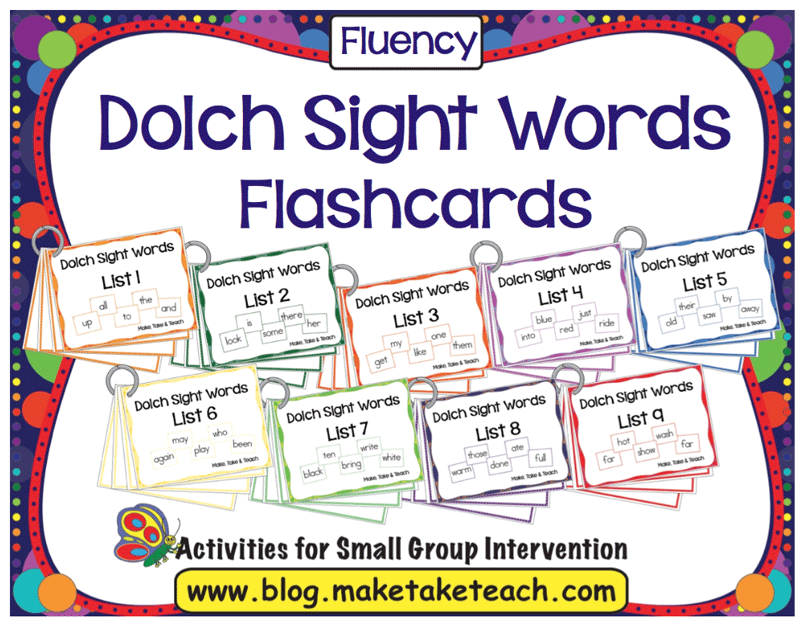 Rules for strategies:
Rules for strategies: -
We know in advance that the hidden word is included in the list of 13 thousand words.
-
We do not know in advance that the hidden word is included in the list of 2315 possible answers.
-
The formal rules of the game guarantee the player only that the correct 5-letter word will be guessed. All words from the list of 13 thousand words are correct 5 letter words.
-
Most of the algorithms and examples found on the internet ignore this limitation and report 100% winrate or close to it. For example: 99.4%, 99.7% and 100%.
-
Looking ahead, I note that limiting the search to 2315 words gives for almost all strategies a 100% probability of winning, since the number of possible options is reduced by 80%.
-
-
We do not use word frequency data in English.
-
If we consider Wordle as a game between people, then it is logical that the hidden word will be chosen from more commonly used words.
 It is easier for a person to come up with such a word, and it is better for playing in the future, so that the guesser does not lose interest.
It is easier for a person to come up with such a word, and it is better for playing in the future, so that the guesser does not lose interest. -
The use of data on the frequency distribution of words is justified if we know how words are chosen for guessing. But, in this case, it is very similar to the fact that we immediately limited ourselves to the known 2315 possible answers.
-
Some strategies, such as this very interesting video from 3Blue1Brown, use data on the statistics of the distribution of words in English to select a word-attempt and this significantly increases the success of the strategy.
-
2. Target metrics
The game offers the player to track two main metrics:
-
The percentage of wins when the word was guessed in 6 or less moves.
-
The number of moves it took to guess the words in the winning games.
Depending on the target metric, the chosen strategies will be different:
-
The strategy of the maximum percentage of wins should try to collect the maximum information about the word to be guessed in the first 5 moves, minimizing the number of remaining possible answers by the 6th move .

-
The ideal scenario for implementing the strategy is when the list of possible answers is reduced to the number of remaining moves (for example, one remaining possible option by the sixth move).
-
If by the sixth move it was not possible to narrow the list of possible answers to one, then it remains only to rely on a random choice (below I will describe in more detail why this is so).
-
-
The strategy of minimizing the number of moves , on the contrary, balances between collecting information about the word being guessed and guessing the word itself.
-
The difference from the strategy of the maximum percentage of wins is that if there is a chance to guess the word before the sixth move, then this probability must be taken into account.
-
A decrease in the number of moves required comes at the cost of a lower win rate, provided the number of moves is limited.
-
Since, by definition, it is impossible to win in more than 100% of cases, if we have such strategies, then they can be optimized by the number of moves.
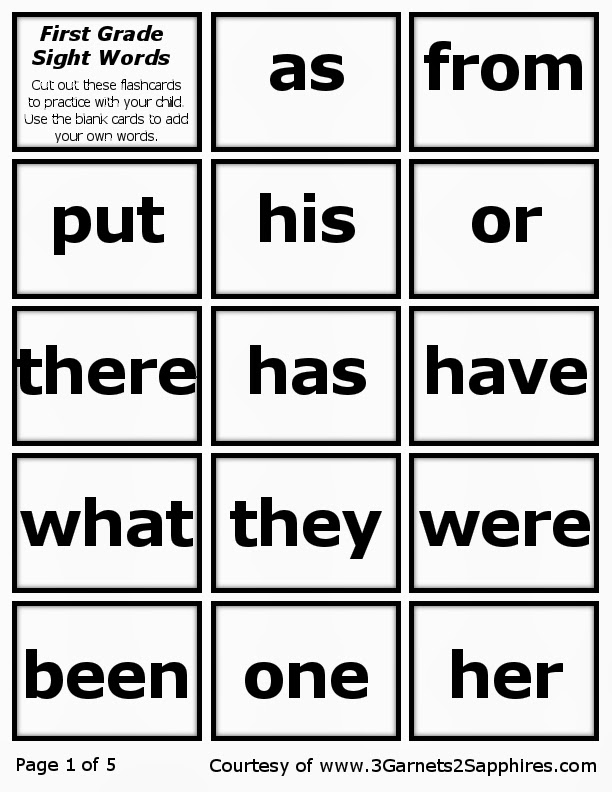 Looking ahead, I will say that most strategies do not provide 100% wins, and we will be able to differentiate strategies by effectiveness.
Looking ahead, I will say that most strategies do not provide 100% wins, and we will be able to differentiate strategies by effectiveness. In my subjective opinion, I prefer to have a 100% win rate with an average of 4 moves than a 90% win rate with an average of 3 moves.
2.1. Choice problem on move 6
Interestingly, if by move 6, after discarding impossible candidates, more than one word remains among the candidate answers, then no heuristic or probabilistic strategy, except random choice, no longer works.
For example, by the end of the game there are words left:
If we do not have information about how the words were selected, then the probability of each of these words being guessed is the same, and there is no such strategy that could give a winning percentage greater than 1/3 .
The most popular approach to testing Wordle strategies is to test them only on a set of 2315 response words. Even when the authors initially "honestly" search for answers among a set of 13 thousand words, they are usually tested on 2315 words.
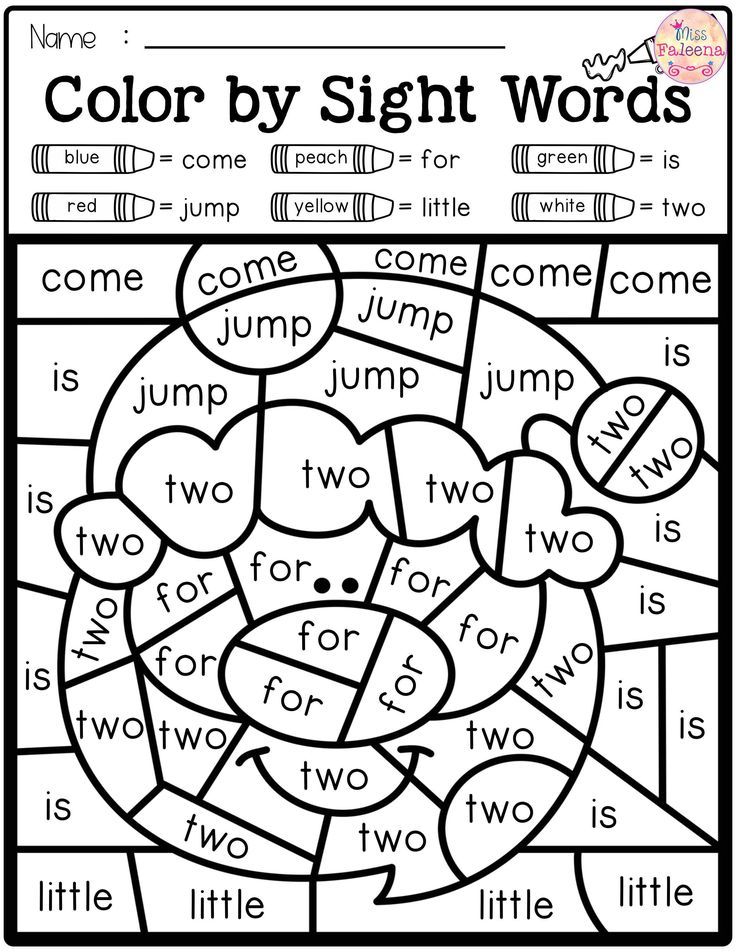
In such scenarios, it may happen that a particular strategy, even with 2+ possible answers by turn 6, chooses the correct answer more accurately than a random choice. In fact, this is an illusion due to the fact that testing is carried out on a predetermined immutable data set. In ML terminology, this is a case of overfitting the model.
In theory, such cases could be neglected. In ML, when testing models, a random but fixed sample is often used (for example, through fixing the seed of a random number generator), but:
-
In machine learning, the model is then tested on an independent set of data. Wordle strategy writers usually don't check against anything else.
-
Good algorithms for Wordle give 95%+ or 99%+ accuracy, the competition is for tenths of a percent of guessing edge cases. 0.1 percentage point is the equivalent of two words. In such a situation, each case of incorrect guessing becomes significant.
Total:
-
We will evaluate strategies both on 2315 response words and on the entire array of 13 thousand words.
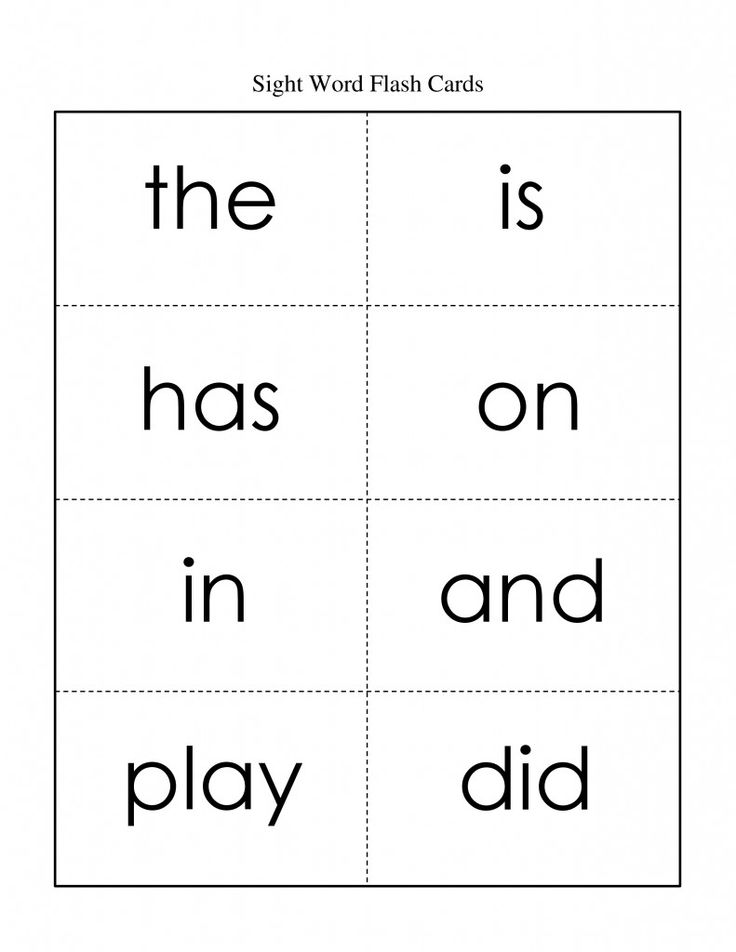
-
To simplify the calculations, if by the 6th move there are N possible answers, then we will take the probability of winning equal to 1/N.
Strictly speaking, in some simple strategies the random choice has to be made earlier. For example, if after analyzing 13 thousand combinations, we get the same weights for different words. The simpler the strategy, the more likely this situation is. Since in most cases the probability and influence of such cases are limited, for simplicity of calculations in general, we will deliberately neglect them. Strategies where it will be more important, I will mention it separately.
3. The minimum set of algorithms
The minimum set of algorithms, without which no strategy can do, includes a set of filters based on the announced rules of the game:
-
at this position.
-
If the letter is highlighted in yellow, then the letter must be in the hidden word and cannot be in this position.

-
If the letter is highlighted in gray, then the letter should not be in the hidden word.
After applying the filter, the next word is selected randomly from the remaining possible answers.
I really like how the performance was evaluated and shown in the video from Games Computers Play. In the video, testing was done on 2315 answers, but with an honest attempt to find the answer among 13 thousand options. The image below shows the probability of finding the answer in 6 moves, depending on the set of filters used:
The effectiveness of basic strategies https://www.youtube.com/watch?v=ZCSajRqzYygThe combined use of filters gives a multiplicative increase in efficiency. But these filters are not enough for 100% victory. Therefore, further, usually, some heuristics are added, which we will look at in the future.
Percentage of wins in 6 moves only due to filters based on the rules of the game:
-
on a sample of 2315 answers: 88.
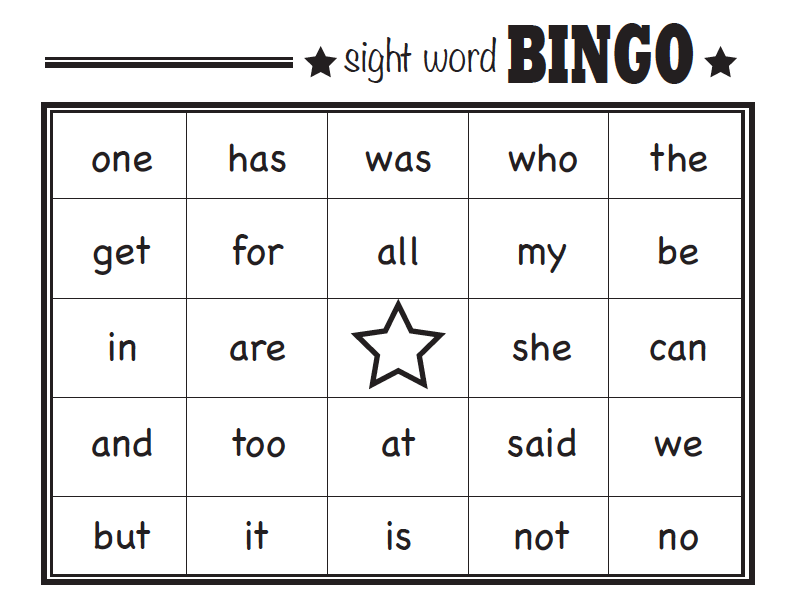 7% ;
7% ; -
on a sample of 13 thousand answers: 82.8% .
The same unbiased strategy on a sample of 2315 words is significantly more efficient than on the total array of words. By evaluating the strategy on only 2315 selected words, we implicitly fit the strategy to a narrower sample. In ML terms, this is "data leakage".
4. Strategies based on the frequency of occurrence of letters
The logic of the strategy: the more often one or another unknown letter occurs in words -> more likely to get a green or yellow letter -> more chance to guess the word.
Examples: video, two, three, etc.
The most common strategy option:
-
Let's look at what letters we don't have information yet (neither grey, nor yellow, nor green).
-
Estimate the probability of meeting these letters in the remaining possible answers.
-
We choose such an attempt word, consisting of untested letters with the highest probability of meeting them.
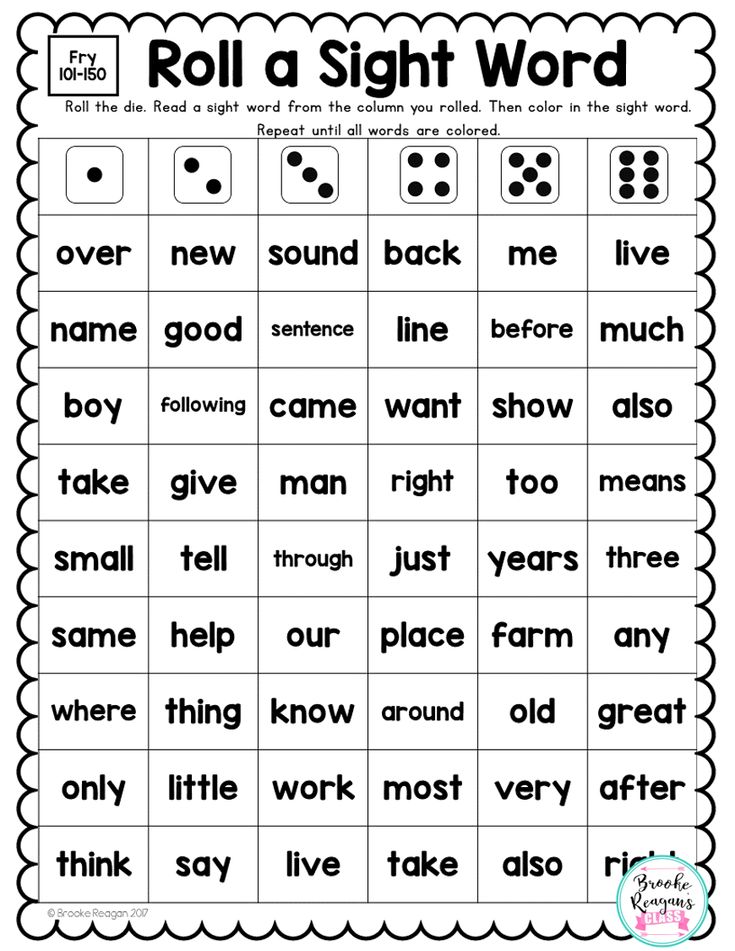
Opportunities for strategy optimization:
-
Choose the next word-attempt not from the remaining answers, but from the entire available list of words that we can use (this gives an extra 3% of wins).
-
For example, the 5th turn has come and we have 4 potential words for the answer, which differ only by 1 letter: sight, fight, might, night. If you sort through one word at a time from these 4 words, then the probability of winning in the 2 remaining moves is 50%. In this case, it is more profitable to try a word like sniff, which is not an answer, but which has 3 letters out of 4. The result of such an attempt will give us a 100% chance to determine the final word in one move and win the game on the next move. (In Wordle's hard mode, this strategy won't work due to the mandatory requirement to use previously learned hints.)
-
-
Estimate not just the frequency of using letters, but the probability of meeting a word with at least one such letter (that is, the letter "a" in the word "arena" is not counted as two occurrences, but as one).
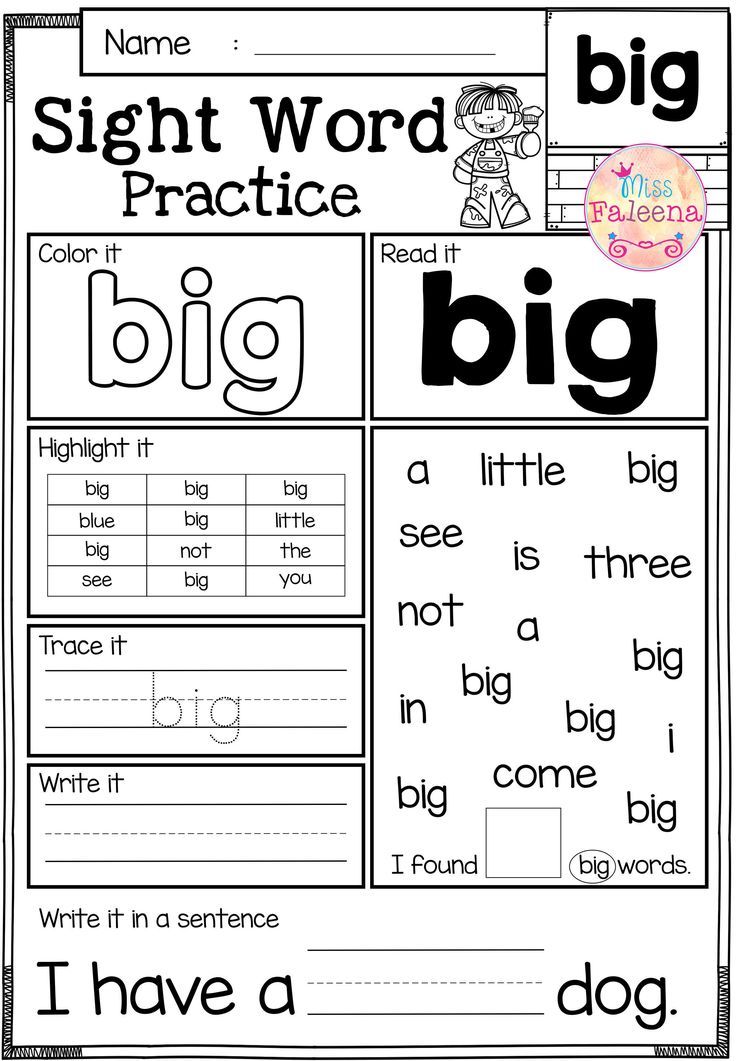
-
Since at the beginning of the game we are always in the same conditions, we can calculate in advance to determine the best word based on our strategy. Formally, already on the first move there are three words with a maximum rating. The same optimization will be applied in the future.
Winning percentage in 6 moves:
-
in a sample of 2315 responses: 95.8% ;
-
on a sample of 13 thousand answers: 93.8% .
I don't know why, but in this video the author achieves a 96.6% win rate on a sample of 2315 words. Let's attribute the difference to my programming skills.
Based on multiple simulations, the best words for strategies based on letter frequency: arose , aeros , soare .
Bonus: what if you could use any 5 characters as a try?
This strategy does not comply with the Wordle rules, but it was interesting to see how the requirement to enter only correct words as an attempt word reduces the probability of winning.
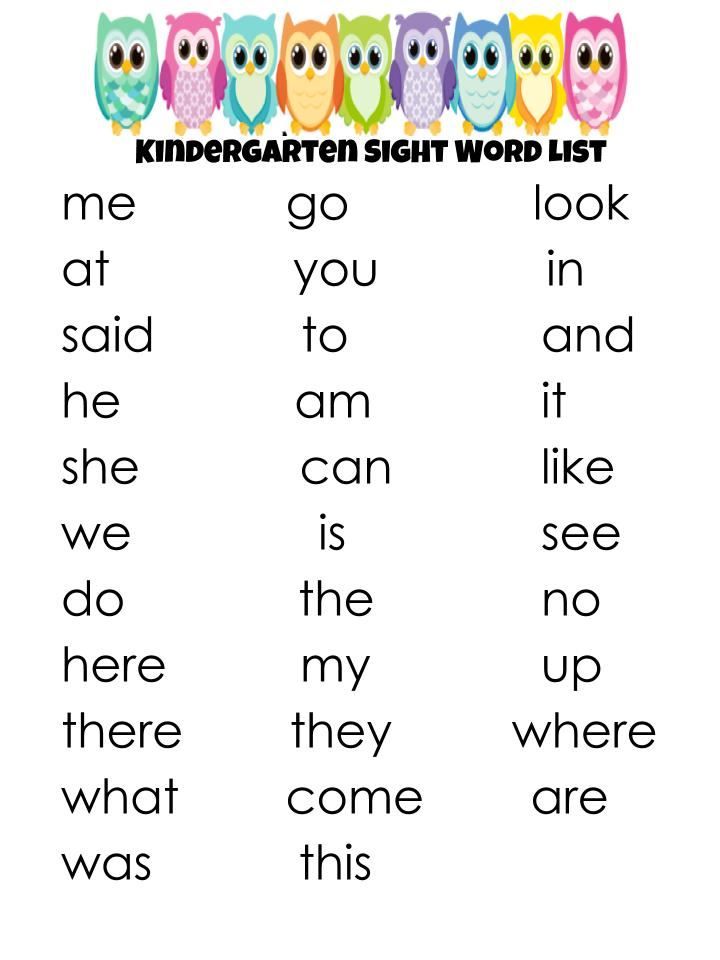
In addition, two improvements to the strategy, after we determine 5 letters to try, we will place each letter in the position where the probability of getting a green letter is the highest.
Percentage of wins in 6 moves:
-
on a sample of 2315 answers: 99.98% ;
-
on a sample of 13 thousand answers: 99.8% .
In the case of 2315 words, the same word "tight" is not consistently guessed. Depending on the case, sometimes the algorithm cannot guess one or two more words.
Better combination of letters to start: raoes .
5. Strategies based on chances of getting green and yellow letters
Hypothesis: when we manage to guess the green letter, we are as close as possible to solving the hidden word. The greater the chance of finding a green letter, the better. After the green letters, the priority goes to the yellow letters.
Strategy:
-
For each of the words-attempts, we go through the remaining answer options and evaluate all the resulting combinations of green, yellow, gray letters.

-
Set the weight for each of the found letters. For example: 4 points for a new green letter, 2 points for a new yellow letter, 1 point for a new gray letter.
-
Choose the word with the highest weight.
One of the examples of the implementation of such an algorithm is in the article at the link.
Of the obvious disadvantages, high computational complexity, since you need to enumerate all possible answers for all possible words-attempts. In the case of an attempt to evaluate the algorithm on the entire sample, a variety of already found green and yellow letters is added, with which the results of the attempts must be compared.
Winning percentage in 6 moves:
-
on a sample of 2315 responses: 92.3% ;
-
on a sample of 13 thousand answers: I didn’t try it because of low efficiency on a smaller sample and very long calculations.
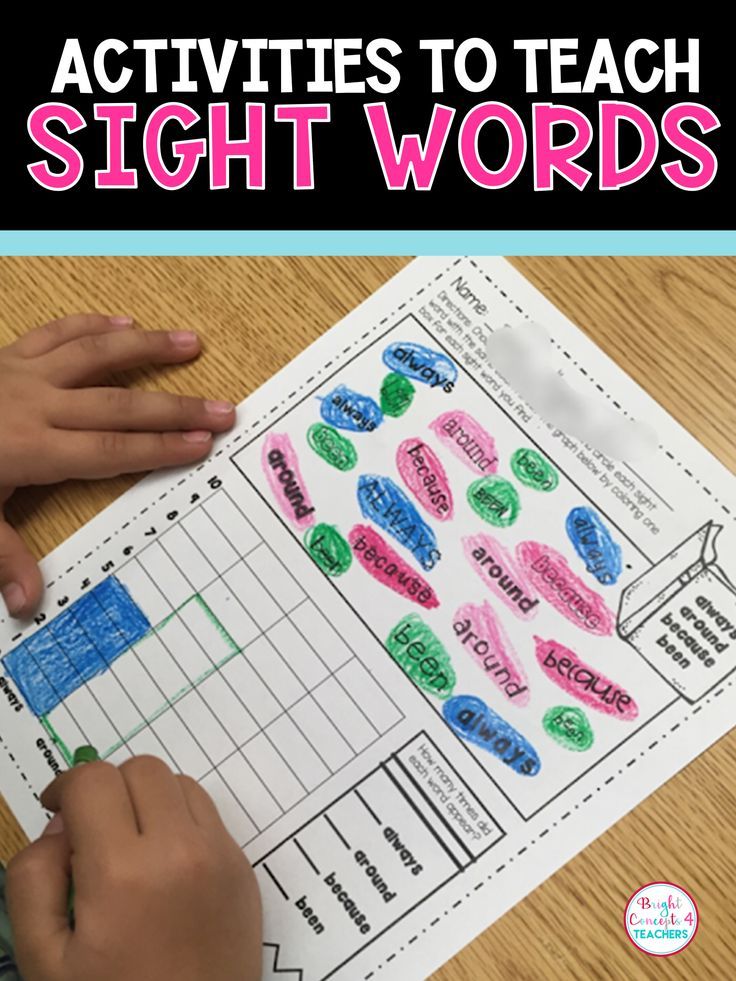
Better word to start: tares .
6. Strategies based on chances to minimize the remaining number of responses
Hypothesis: the greater the chance to narrow the resulting space of possible responses, the better.
Strategy:
-
For each of the words-attempts, we go through the remaining answer options and evaluate how many words we managed to exclude from the list of possible answers.
-
Choose the word with the largest number of excluded answers.
Since the algorithm is even more computationally complex, I focused on the article by reference, where the author also encountered great complexity of calculations and implemented the algorithm in C using multithreading.
According to the author, the algorithm provides 100% solutions when tested on 2315 words. I checked the code on github, the search is honest for 13 thousand words.
Better start word: roate .

7. Strategies for extracting as much information as possible
I originally came across this strategy in this github repository. More recently, a video from 3Blue1Brown has been released, which explains the principle of the strategy in more detail.
Hypothesis: we want to choose a word that will give the maximum extraction of information (entropy). An ideal attempt word for this strategy would be one that:
-
Will give the most different outcomes of in terms of updating green, yellow and gray letters.
-
Each of these outcomes will give the same maximum reduction of the set of remaining answers . In our case, this is equivalent to the fact that the probability of all outcomes would be the same.
Above, I greatly simplified the description. There are more scientific formulas for all this, for details, I recommend watching the mentioned video.
Percentage of wins in 6 moves:
-
on a sample of 2315 answers: 99.
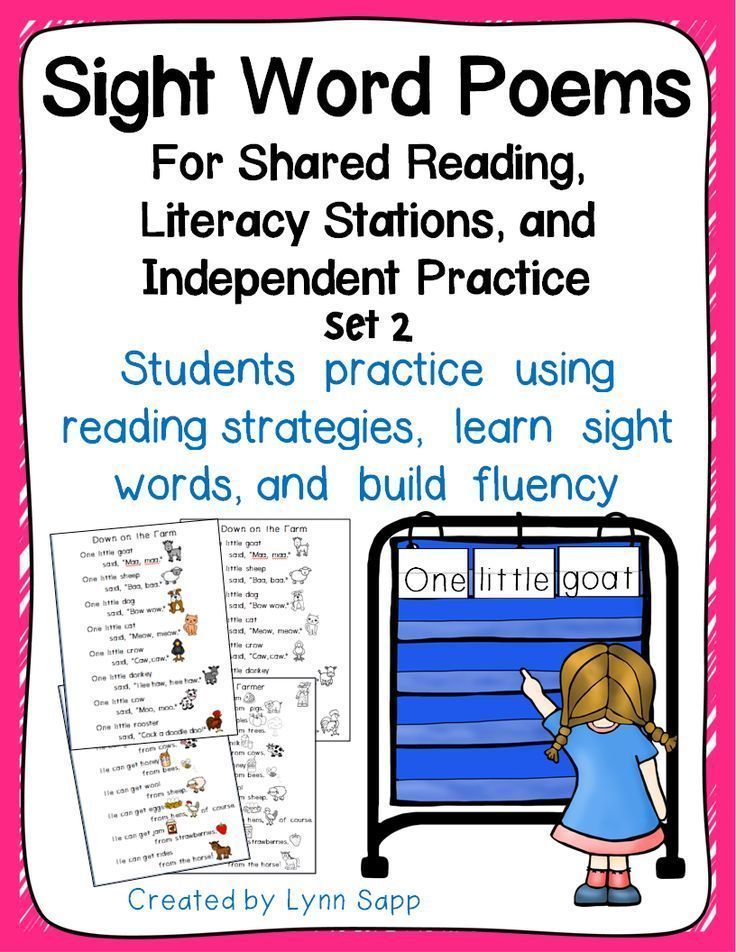 98% - only one word "berry" is consistently not guessed;
98% - only one word "berry" is consistently not guessed; -
on a sample of 13 thousand answers: 99.98 .
Better word to start: tares .
8. Strategy "tubes, fling, champ, wordy"
Strategy from the video, in which the author suggests always starting the game with specific 4 words: "tubes, fling, champ, wordy".
There are subtleties in the strategy that at some point you have to make your own decision on the next word. For ease of evaluation, I tested a strategy of these four words and then word selection based on the maximum information extraction strategy (point 6).
Percentage of wins in 6 moves:
-
on a sample of 2315 answers: 99.8% ;
-
on a sample of 13 thousand answers: 99.8% .
Surprisingly, the results are not so bad. Depending on the choice of strategy for the last 2 moves, the final probability of winning changes.
 It is consistently slightly lower than that of the corresponding pure strategies. But the ability to use 4 ready-made words greatly simplifies the application of the strategy.
It is consistently slightly lower than that of the corresponding pure strategies. But the ability to use 4 ready-made words greatly simplifies the application of the strategy. 9. Bonus: Answer Map for Wordle
Why write an algorithm when you can just give a tree of answers? In his video and in the repository on github, the author compiled a specific tree of sequences of words-attempts, depending on the found green and yellow letters.
Obviously, for 2315 this "algorithm" gives a 100% probability of winning and a very low probability for the remaining possible hidden words.
Summary of results
Results obtainedConclusions
You can raise your statistics anywayWordle is a very simple and transparent game. When developing a strategy, one must be as careful as possible in understanding its effectiveness separately for a particular game, and for similar games in general. It is very easy to get data leakage under the guise of a strong strategy, retraining of the algorithm, or simply using information about a specific list of hidden words.
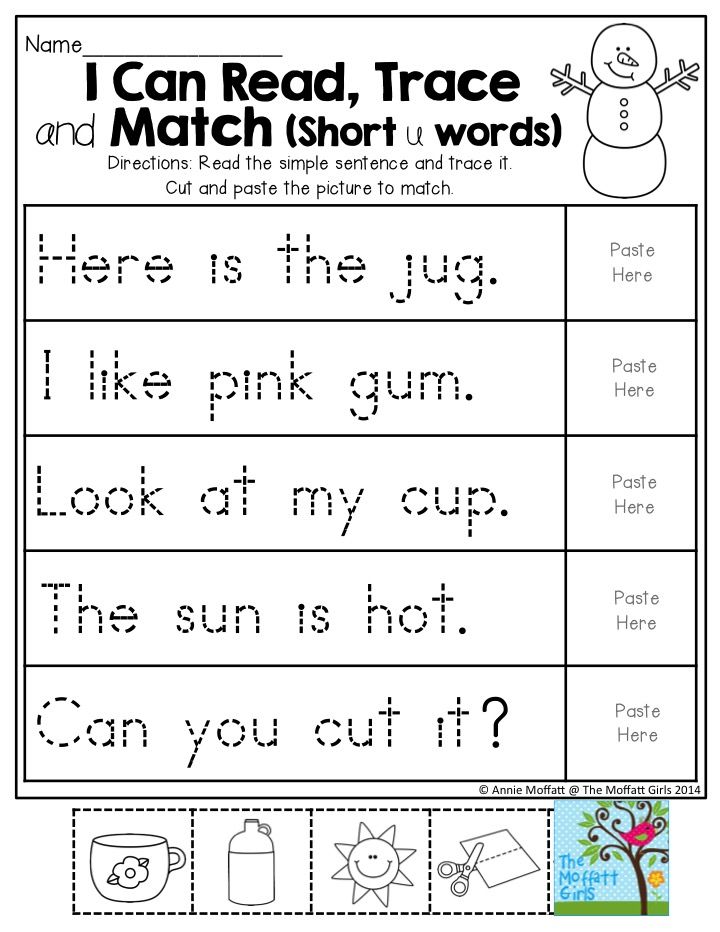
Where is the line between a scam and an honest strategy? What do you think?
A Modern Perspective on Strategy Implementation: Success Factors
Success Factor 1: Avoid bias
What defines the modern view of change management? How can efficiency and agility complement each other and direct them towards achieving both short-term and long-term goals? Why are soft skills as important as hard skills?
How important is a methodical approach?1. Efficiency and flexibility are more important than perfectionism
No more redoing strategy and vision documents. Efficiency and flexibility are more important than perfection. The implementation of modern strategy in the circumstances of the new normal requires a radically different way of working.
Today, the statement “Strategy is inseparable from implementation” is effective. This does not mean that the strategy is no longer important. But any strategy requires another strategy: the implementation strategy.
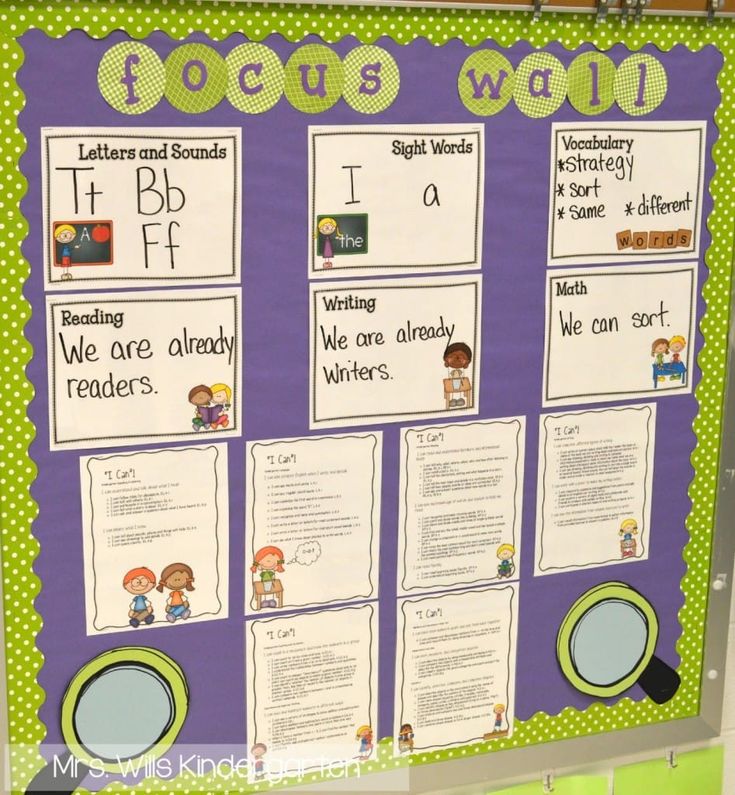
In her column for the Dutch business newspaper Het Financieele Dagblad, Professor Annette Aris wrote:
“Classic strategic planning analyzes developments in the market, looks at the company's strengths and weaknesses, finds a competitive advantage that can be exploited, and based on these steps plans where and how the company can grow. We receive a number of very accurately calculated forecasts for the next three to five years. More and more scientists and even consultants and digital enterprises are rejecting such a classic approach. They replace strategy with a systematic search for a higher goal, full of trial, error and unexpected outcomes, like Columbus on his sailing expedition to Asia.
Organizations need a concise strategy that can be implemented quickly and effectively. The classic approach no longer works; spending months thinking about a strategy, analyzing the context, and preparing an organization for implementation is simply a waste of time.
 Choosing the path for a long time, you will not come to anything good.
Choosing the path for a long time, you will not come to anything good. In the new normal, organizations need a strong real strategy, implemented in short cycles. Starting implementation right away, you understand how much flexibility is required to achieve strategic goals.
To make the most of its limited resources, an organization will have to make very conscious choices and balance strategic goals with its ability to achieve them. Therefore, it is necessary to cut your portfolio of initiatives annually. The strategy as we once knew it is no more. Today, strategy and implementation are one and the same. It is impossible to do without a clear perspective, a clearly posed question "Why?" and the same clear strategy.
I consider setting vague long-term goals to be laziness. And while strict schemes may no longer work, planning continues to play a key role.
Leadership development expert Harry Starren calls this the planning paradox: you have to plan and think ahead, but be ready to change course at any moment.
 It's all about balance. Clear corporate visions and strategies are still rare, but more and more companies are developing a coherent mission and specific, inspiring long-term visions and strategies.
It's all about balance. Clear corporate visions and strategies are still rare, but more and more companies are developing a coherent mission and specific, inspiring long-term visions and strategies. In Good Strategy, Bad Strategy, strategic planner Richard Rumelt hit the mark when he noted that many organizations don't have a strategy, even if they think they have one. What they call a strategy is often just a (long) list of performance metrics, or worse, a vague wish list.
The policy implies direct acceptance of the call. The essence of a good strategy is that it allows you to understand what the challenge is, and provides a roadmap, serves as the foundation of a specific and consistent plan of action. If this sounds obvious, know that few companies or organizations actually have such a strategy.
Theorists such as Jim Collins and Hans van der Loo have repeatedly shown that profitability depends on a clear vision of the future. It is a clear vision of the future that allows companies to transcend themselves.
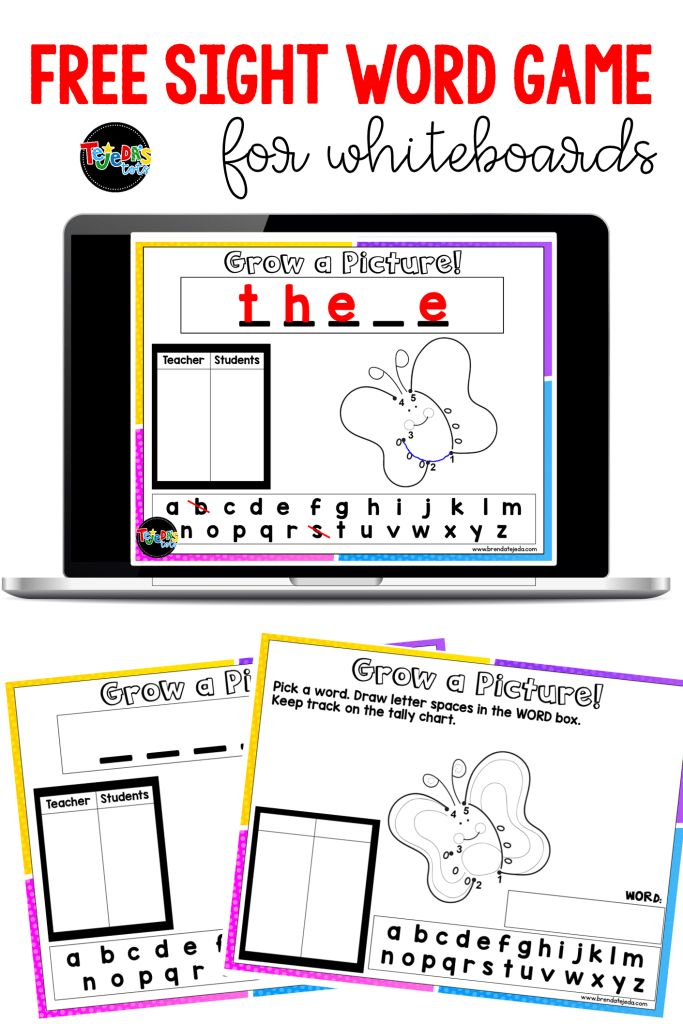 Organizations with a sound and widely supported outlook are more than 25% more profitable than organizations without one. It is easy to see that the principles of implementing the strategy have changed dramatically.
Organizations with a sound and widely supported outlook are more than 25% more profitable than organizations without one. It is easy to see that the principles of implementing the strategy have changed dramatically. Flexibility needs to be improved and managed from a bird's eye view. Flexibility is a popular and important concept in the modern incarnation of strategy. Cornell University professors Lee Dyer and Richard Schaefer clearly define flexibility: "The agility of an organization is its ability to adapt indefinitely without having to change."
Agile organizations have the built-in ability to move, change, and adapt to changing conditions. Flexibility is proportional to profit growth.
An MIT study shows that agile companies grow 37% faster in revenue and generate 30% more profit than inflexible ones. The Economist's analytics department reported that 90% of executives surveyed say strategic agility is critical to the success of their organization. However, it should be understood that the ability to be flexible and true flexibility are not the same thing.
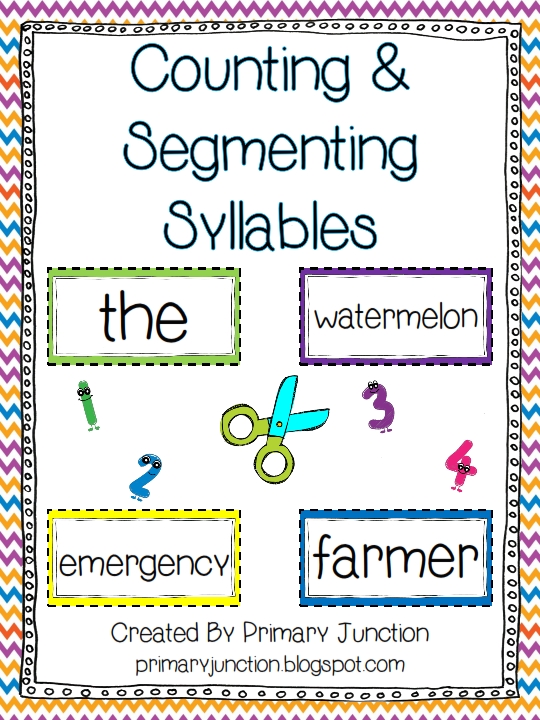 At the monthly board meeting, it’s important to sometimes “soar” above the noisy discussion to see what points require flexibility.
At the monthly board meeting, it’s important to sometimes “soar” above the noisy discussion to see what points require flexibility. We must begin to imagine how to manage change. In a nutshell, the idea is this: sometimes you're in charge of a strategy implementation project—in other words, you're playing solo, and then it's up to you to delegate changes to others; and sometimes you play an orchestral part and help others make changes.
You either lead or follow others. In the new normal, everyone benefits from someone's updates and performance, from each other's work, everyone sets high standards. You don't have to be the driving force behind every initiative.
In the new normal, this is the norm. You can’t always solo when the most important thing is efficiency, flexibility and speed.
2. Soft is hard and hard is soft: balance is everything
It is the soft capabilities that ultimately determine the success of change. Large multinational corporations such as Shell prepare very diligently for any of their undertakings, and then carefully evaluate them.
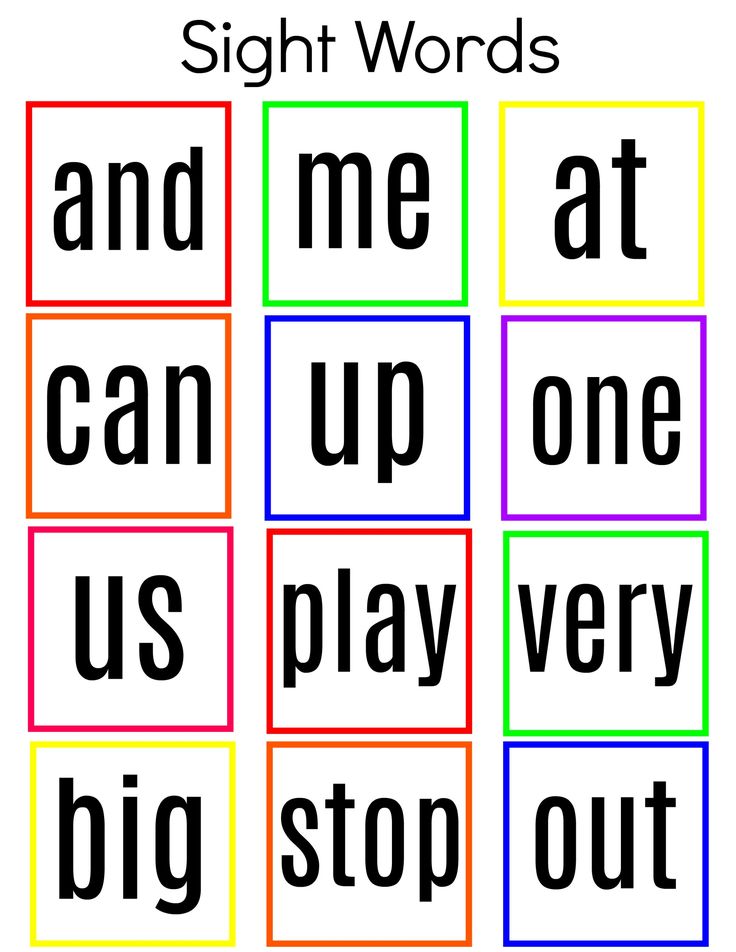
It turns out that few of their transactions are successful. And the reason for this is the same every time: not enough time and attention is paid to the so-called soft skills. This refers to such phenomena as cultural incompatibility, the inability to agree on a common goal and jointly strive for it, the inability to take advantage of the potential fruits of synergy, conflicts between leadership and management styles.
In More Than Efficiency, Colin Price and Scott Keller demonstrate that healthy companies outperform the market. The health factors they have identified are largely the same as what I call "soft" skills. These elements determine the ability to achieve the goal. Price and Keller show that healthy companies not only outperform the market, but are 2.2 times more likely to perform above the median.
Systematic analysis and work with the "soft" skills of the organization should be given as much time as the "hard" skills. Discuss skills of both types openly.

Soft skills include culture, behaviour, management style and collaboration. To "hard" - processes, structure and information and communication technologies. Turner Consultancy has developed the SECA.NU online tool to help organizations. It allows you to determine the performance capabilities of the organization and conduct systematic measurements of "hard" and "soft" skills.
Many perceive this "soft" side of business as something elusive. It seems to them that culture, climate, values, behavior and leadership are the prerogative of a few experts who consider themselves entitled to explain to others how to develop and improve the "soft side" of the organization.
It is not surprising that this “soft” side seems to be a mystery for most employees.
Therefore, the "soft side" is often confused with the concept of organizational culture. Culture is indeed considered the mainstay of soft skills, but it makes no sense to change culture just for the sake of changing it.
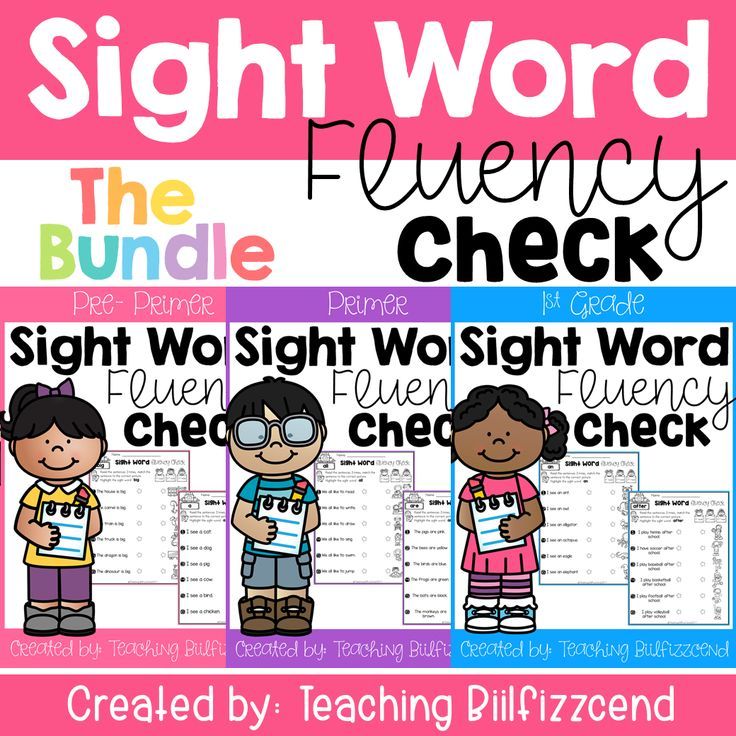 A much better approach is to identify five critical behavioral problems, define the desired behavior in terms of each of them, and ensure that no one violates these rules in any way.
A much better approach is to identify five critical behavioral problems, define the desired behavior in terms of each of them, and ensure that no one violates these rules in any way. I keep repeating: don't invest in a culture change program. Culture is a result, not an end in itself.
The corporate climate cannot be changed in isolation from everything else. An organization is an intricate structure where the consequences of every change diverge like circles in water. As employees take on new responsibilities, they begin to view their contributions in a new light, and their behavior and values change accordingly.
Focus on real goals, tasks, and endeavors, balance the hard and soft elements, and the culture will change along the way. Any program solely aimed at changing the culture of an organization is a waste of money. In other words, shall we devote all our efforts to the development of "soft" skills?
No! Everything is about balance.
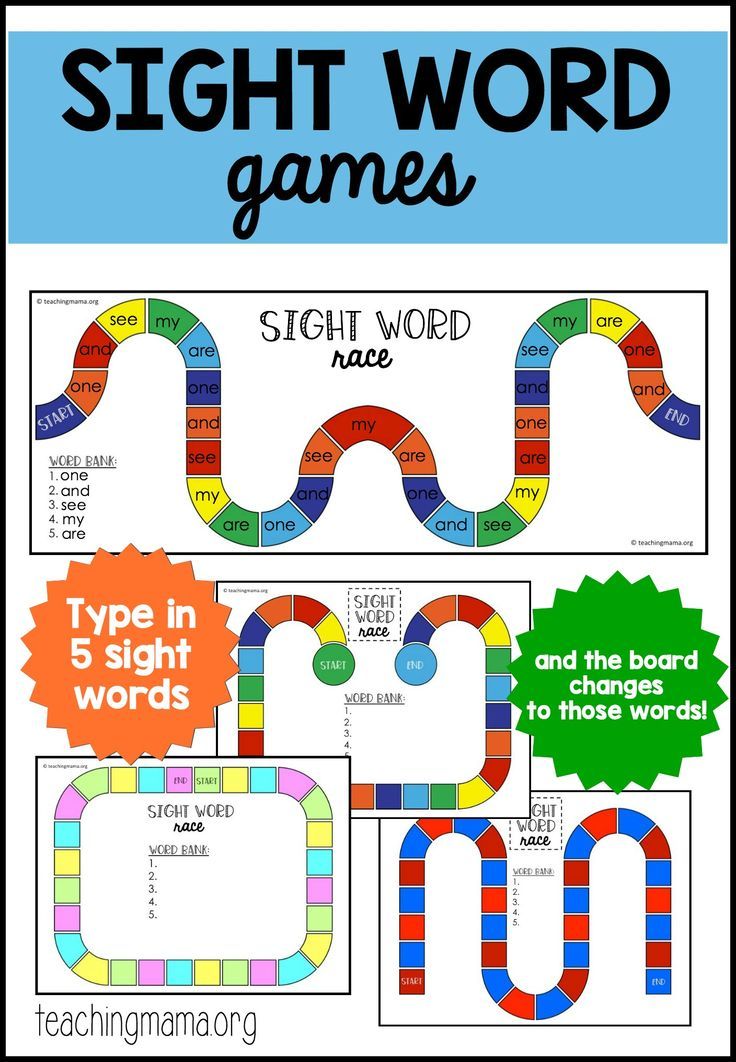 The balance between "hard" and "soft" is what is crucial. It is often said that the success of a project is determined by how it started. Everyone agrees that a solid roadmap and a clear goal are needed. The “soft” component, which plays a crucial role from the very beginning, is the involvement of the manager who draws up the plan and manages the project performers.
The balance between "hard" and "soft" is what is crucial. It is often said that the success of a project is determined by how it started. Everyone agrees that a solid roadmap and a clear goal are needed. The “soft” component, which plays a crucial role from the very beginning, is the involvement of the manager who draws up the plan and manages the project performers. I call this a psychological subscription and I consider it the most important aspect of any project, which is usually forgotten. Too often, senior managers are limited to a short phone call the day before the start of a project. Truth be told, every minute invested in a thorough discussion of roles and responsibilities pays off in the end. But real commitment is needed, fake determination is not enough.
In the new normal, the choice between bottom-up and top-down change management is a false dilemma. As we well know, both are needed. The idea that changes from above don't work has long been discredited. And yet, some people try to serve it as fresh.
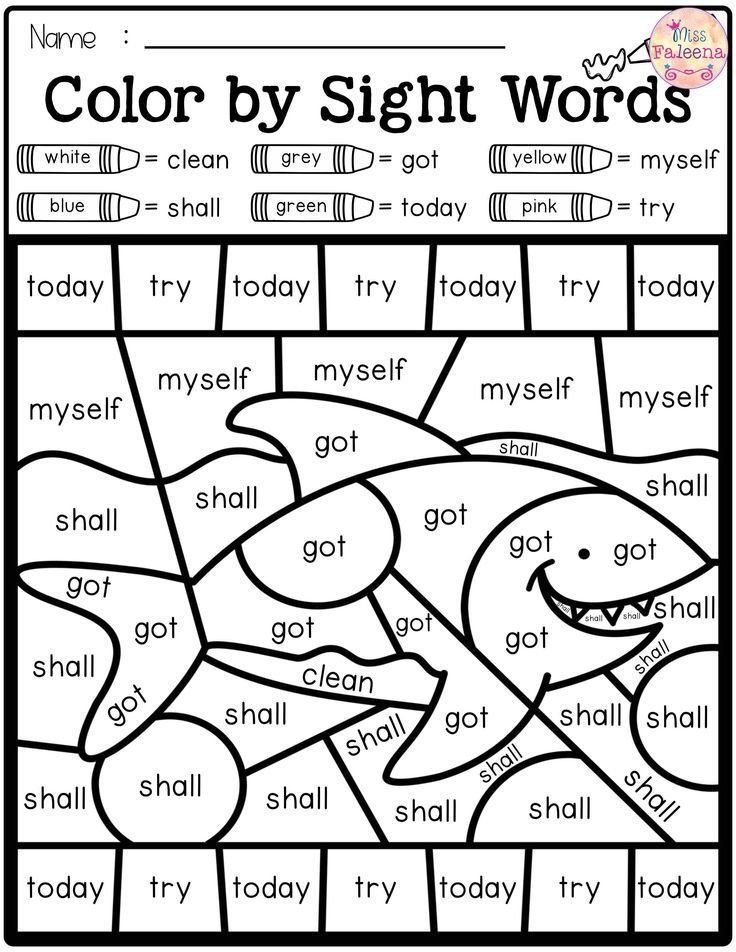 In the same way, we should quickly abandon the dogma that the only way is change from below.
In the same way, we should quickly abandon the dogma that the only way is change from below. When a large organization embarks on a complex, interdisciplinary project to introduce a real innovation, it is risky to assume that everyone involved can understand everything and understand how to improve things (changes from below). There is no way to do without a clear working framework approved at the top. It is unacceptable for a department or employee to reject best practices just because someone else came up with them. The “we didn’t invent it” syndrome is an unproductive and undesirable characteristic for the employee of tomorrow.
Managers must learn to look at change management in a new way. Modern specialists are waiting for a new attitude, the requirement to coordinate every decision seems wild to them. Performing the solo part in the initiative, they strive for a high quality of work. Sitting in the orchestra, they expect the same attitude from the "soloists".
The ban on "downward" working procedures and documents is not justified.
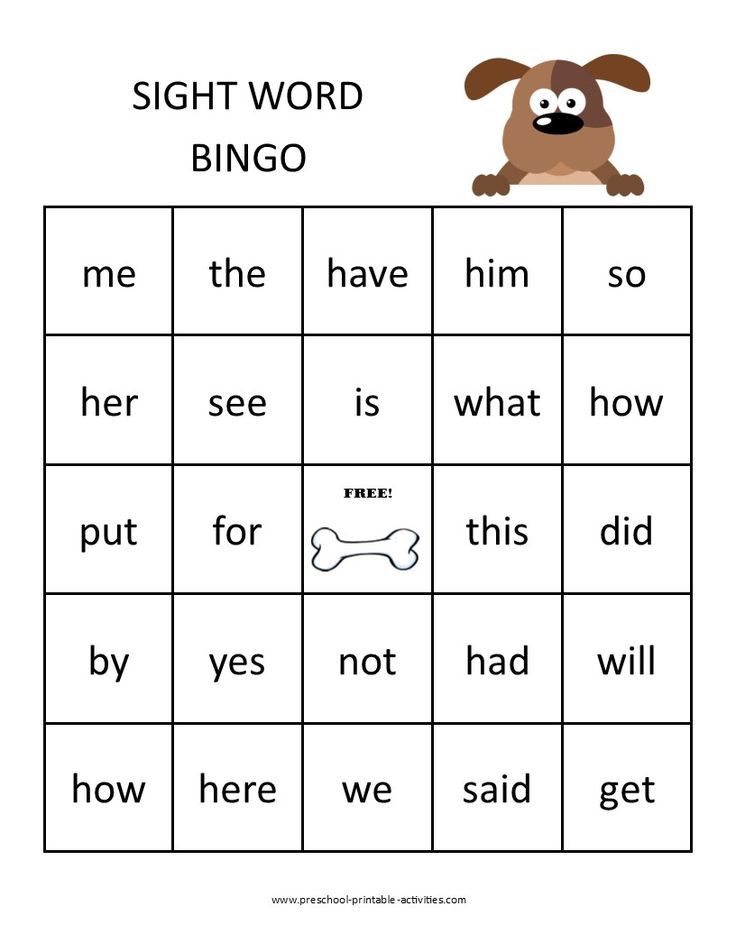 Many organizations do not outline a clear framework: let, they say, employees "generate ideas themselves." The right way is to find a balance between bottom-up and top-down changes. There are other false dilemmas: short-term or long-term, management-oriented or people-oriented, the tortoise-Achilles paradox. Hint: never "or - or", always "and - and". You can call this management "stitching gaps."
Many organizations do not outline a clear framework: let, they say, employees "generate ideas themselves." The right way is to find a balance between bottom-up and top-down changes. There are other false dilemmas: short-term or long-term, management-oriented or people-oriented, the tortoise-Achilles paradox. Hint: never "or - or", always "and - and". You can call this management "stitching gaps." 3. Implementing a strategy is just like any other process
There is nothing better than a good business process model. Modern methods of implementing a strategy also need a business process model. Everyone is used to thinking in terms of business processes: sales, logistics, delivery, service, administration, and HR processes. But when it comes to the execution of a strategy, this thinking seems to be inapplicable, as if the implementation of the strategy should come true by itself.
However, the implementation of the strategy is just another business process that also needs to be described and implemented.
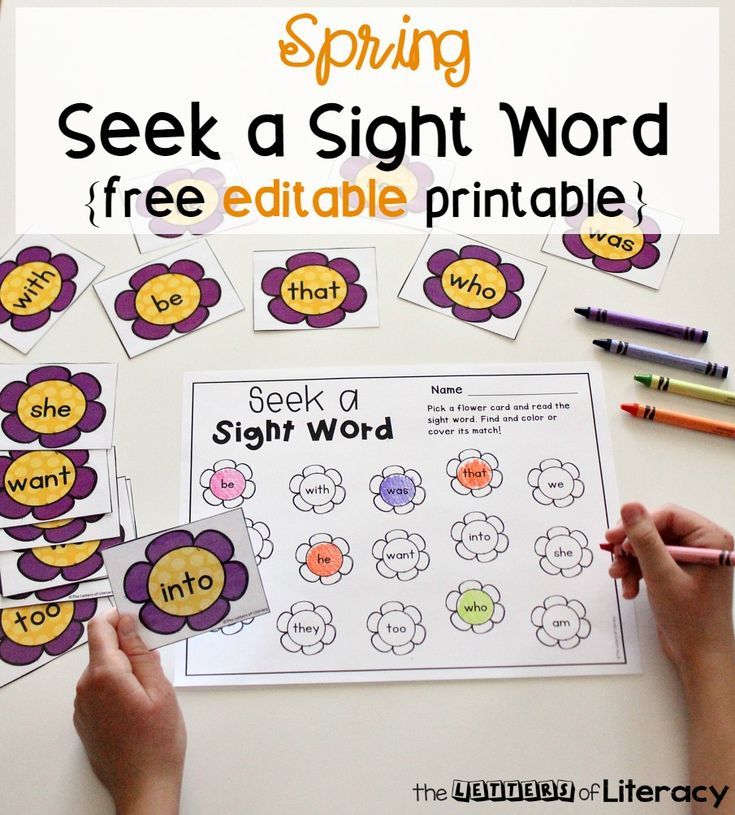 In the end, everyone benefits from a practical model. It allows everyone to speak the same language. In addition, the process model or structure facilitates practical implementation by turning general instructions into concrete actions.
In the end, everyone benefits from a practical model. It allows everyone to speak the same language. In addition, the process model or structure facilitates practical implementation by turning general instructions into concrete actions. The world in which we implement strategies is becoming increasingly complex and unstable. Using a single method and a single language to implement a strategy gives you the time and flexibility to deal with a rapidly changing world. A systematic approach and understanding what phase the initiative is in helps to successfully complete both the phase and the initiative as a whole. This is true not only at the stage of analysis, but also during incarnation.
I once helped a senior manager of a large insurance company create a unified methodology and language for implementing a strategy. Speaking about the use of a phased (or stepwise) model, he remarked:
“At any given moment, all initiatives will be in different phases.
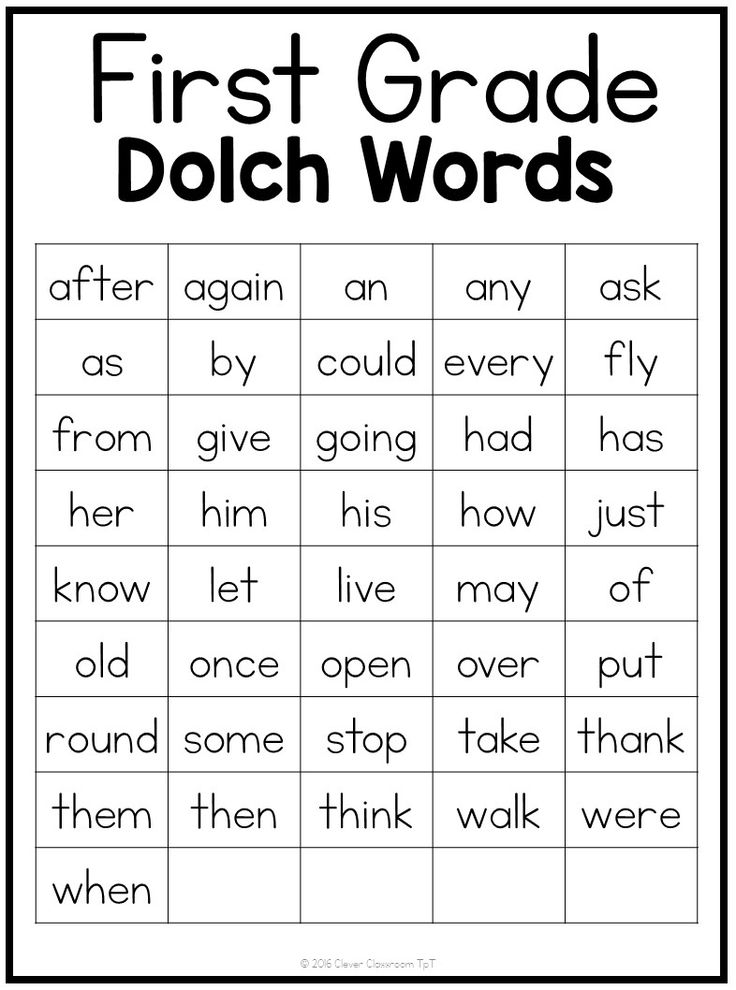 But they all have to go through each of the phases. In the heat of the moment, we often don't know what phase an initiative is in and are surprised if it gets stuck or fails. But this happens because we again and again fall into the classic trap: we approach initiatives systematically only at the stage of their formulation. When a systematic approach is most needed—during incarnation—our thoughts are often elsewhere.”
But they all have to go through each of the phases. In the heat of the moment, we often don't know what phase an initiative is in and are surprised if it gets stuck or fails. But this happens because we again and again fall into the classic trap: we approach initiatives systematically only at the stage of their formulation. When a systematic approach is most needed—during incarnation—our thoughts are often elsewhere.” Thinking in accelerators, stages, phases, or steps—whatever you like—we better understand what we still have to do.
Success Factor 2: Undermine or you will be undermined
There are many important trends in the corporate world, but the most important of them is digital innovation. Basic customer needs demand radical digital innovation from every organization.
The innovation needed today is digital transformation. We can no longer treat innovation and digitalization as separate entities. 99% of all organizations in the world are neither startups nor successful established digital innovators like Apple, Google or Amazon.
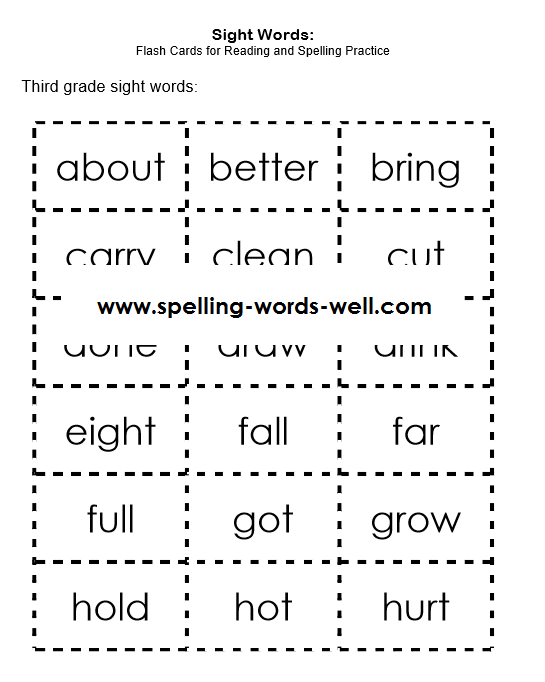 But whoever wants to survive will have to come up with a digital innovation strategy.
But whoever wants to survive will have to come up with a digital innovation strategy. In 2015, organizations expected growth and efficiency to increase by 5-10% over the next five years due to experimentation with digital technologies. However, so far the results have not lived up to expectations. Digital goals are no easier to achieve than traditional strategic goals. That is why you need to carefully analyze and reformulate the strategy, value propositions, customer processes and organizational structure. In nine cases out of ten, these issues are interdisciplinary and interrelated.
At its core, the process of digital innovation is about small experiments, quick failures, and rapid scaling. "Bullets first, cannonballs later" as Jim Collins said, and don't be afraid to make mistakes. Anyone who built a great company was once ridiculed by someone. Leave room for mistakes, and you will have room for so-called tactical accidents. The birth of a great idea cannot be planned.
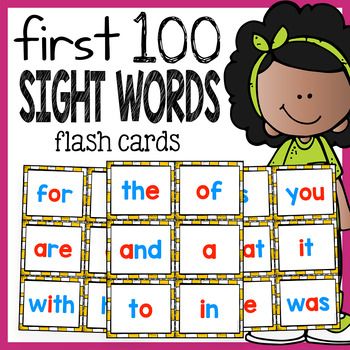
-




